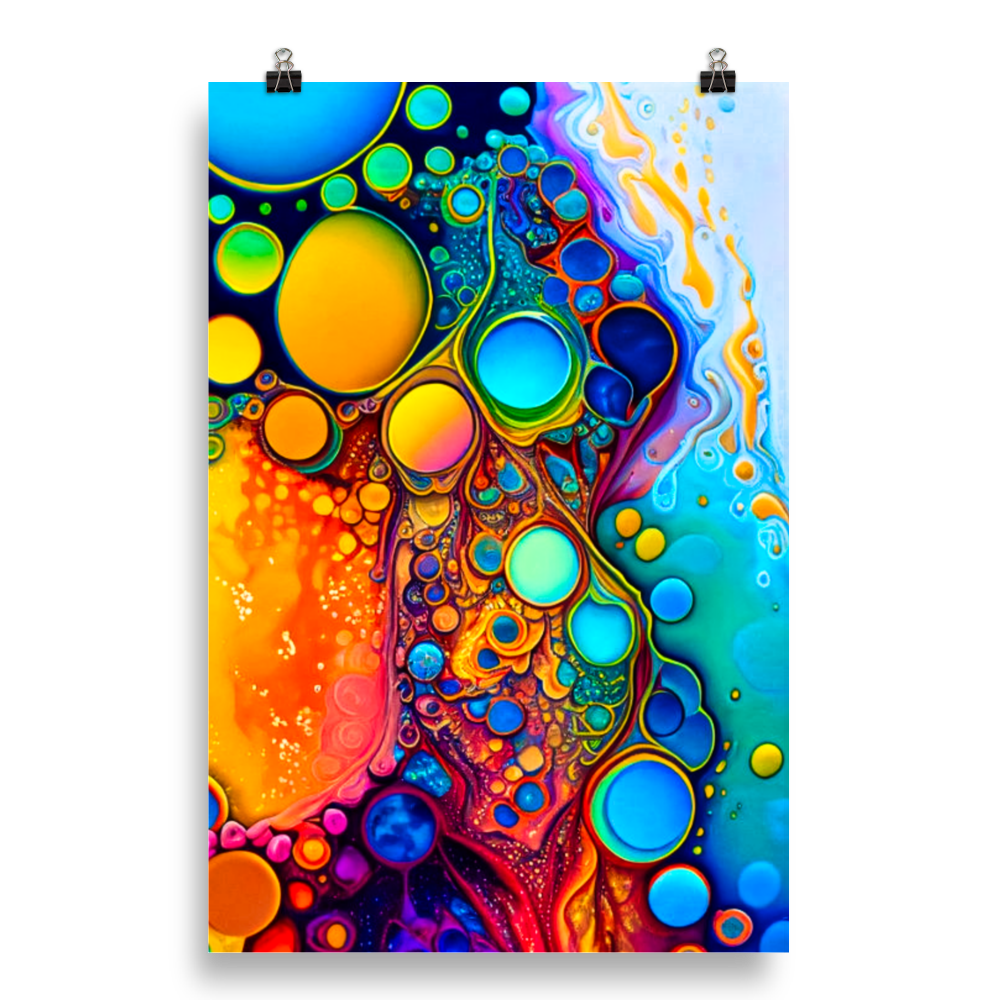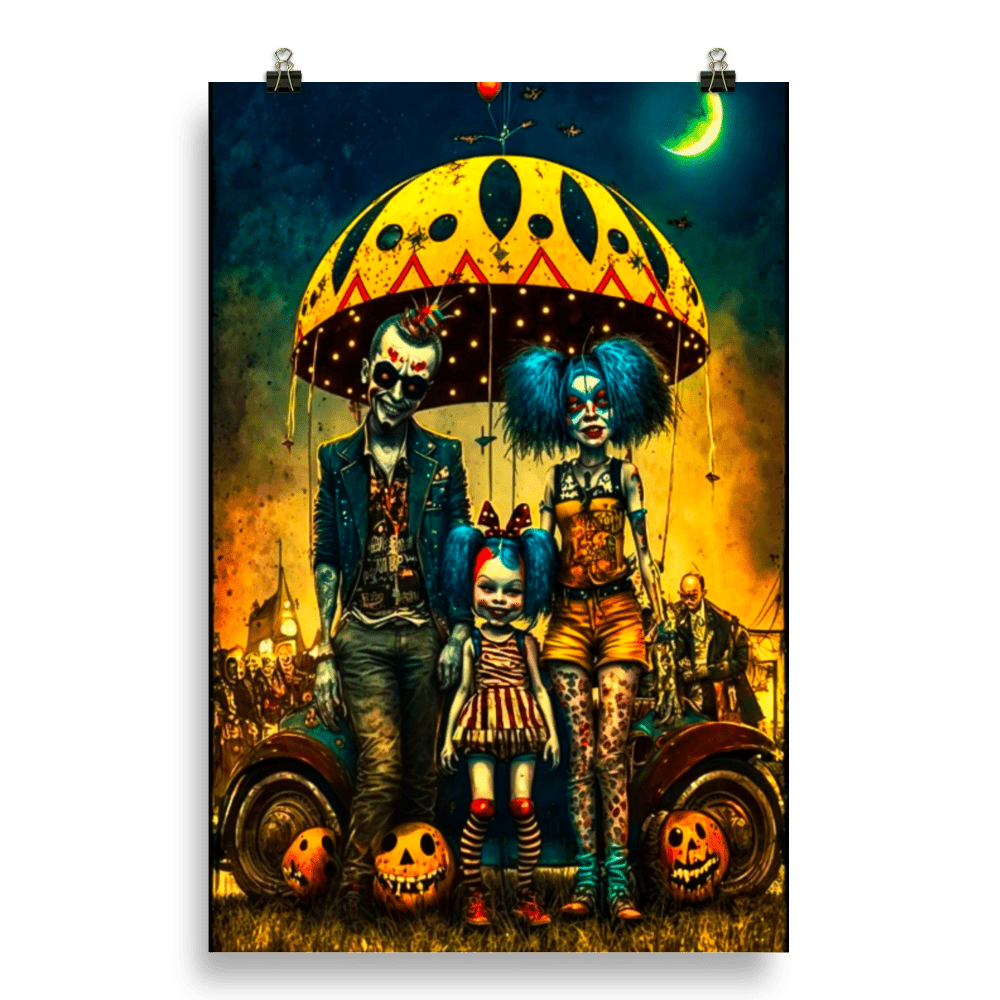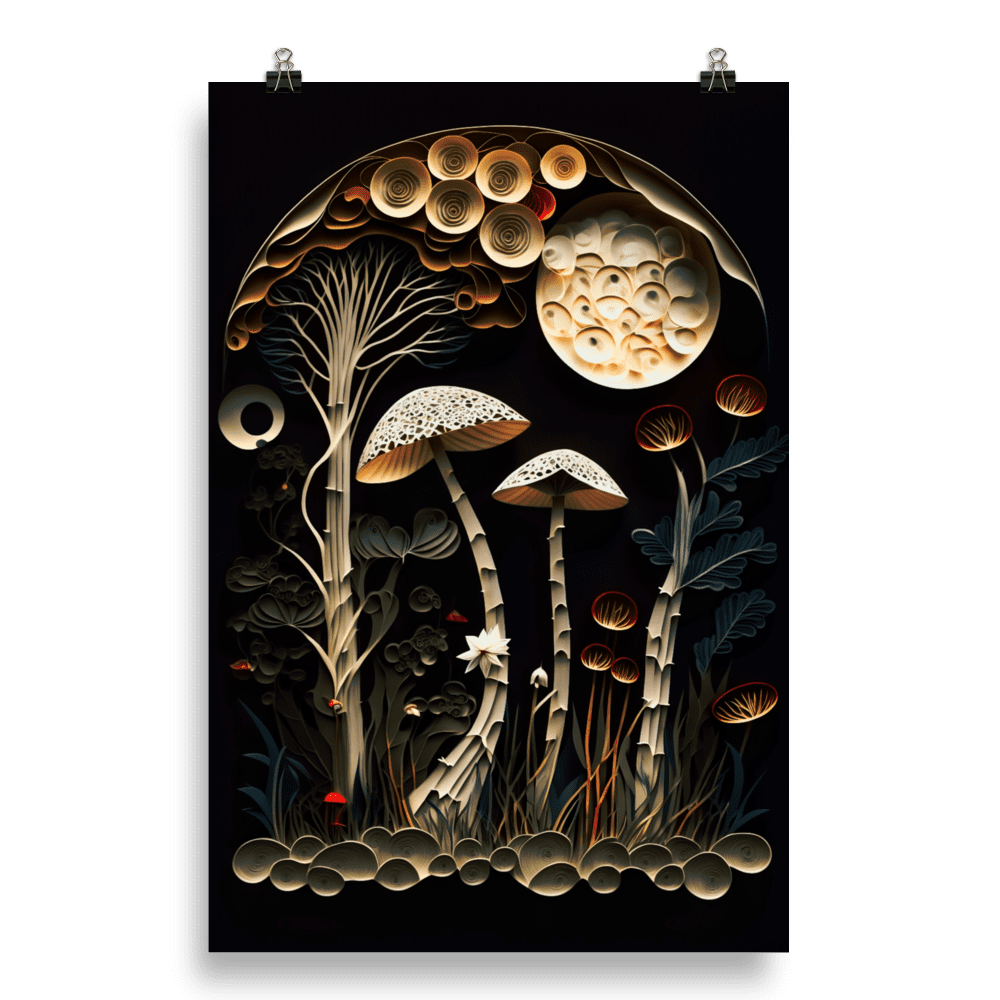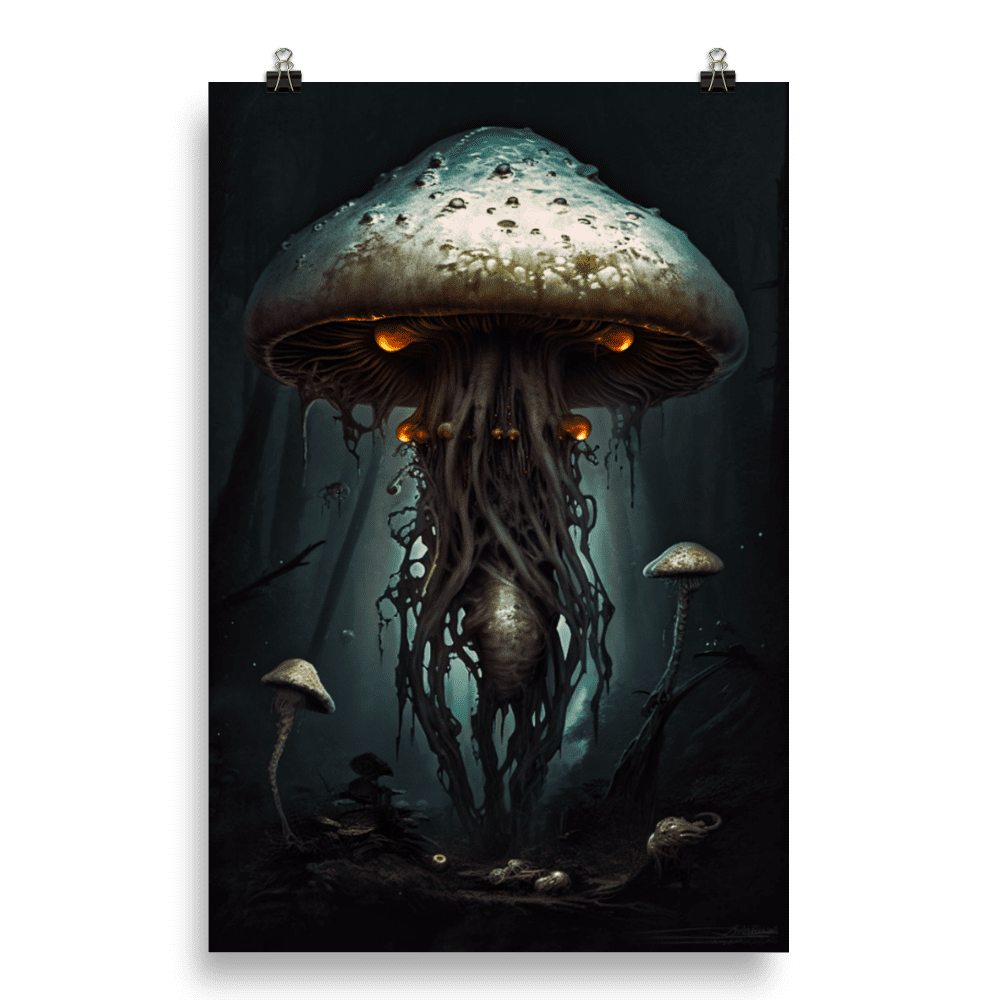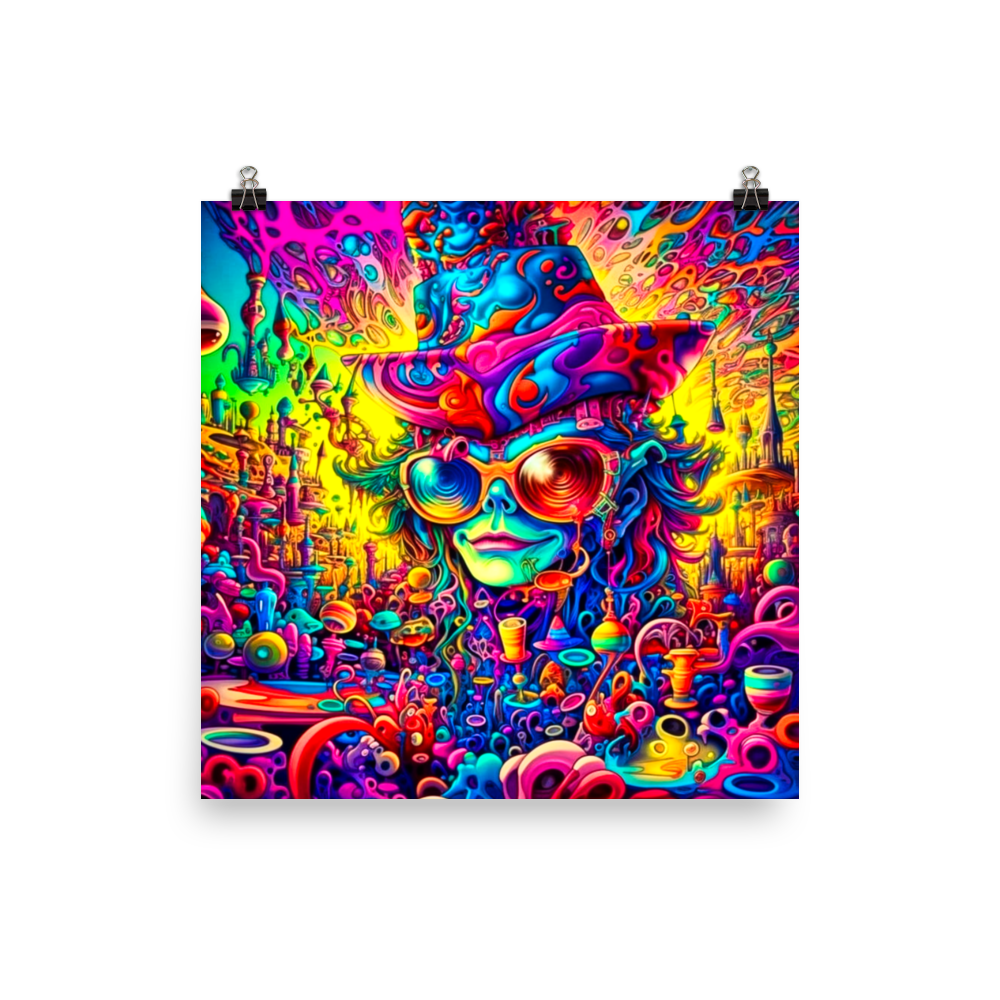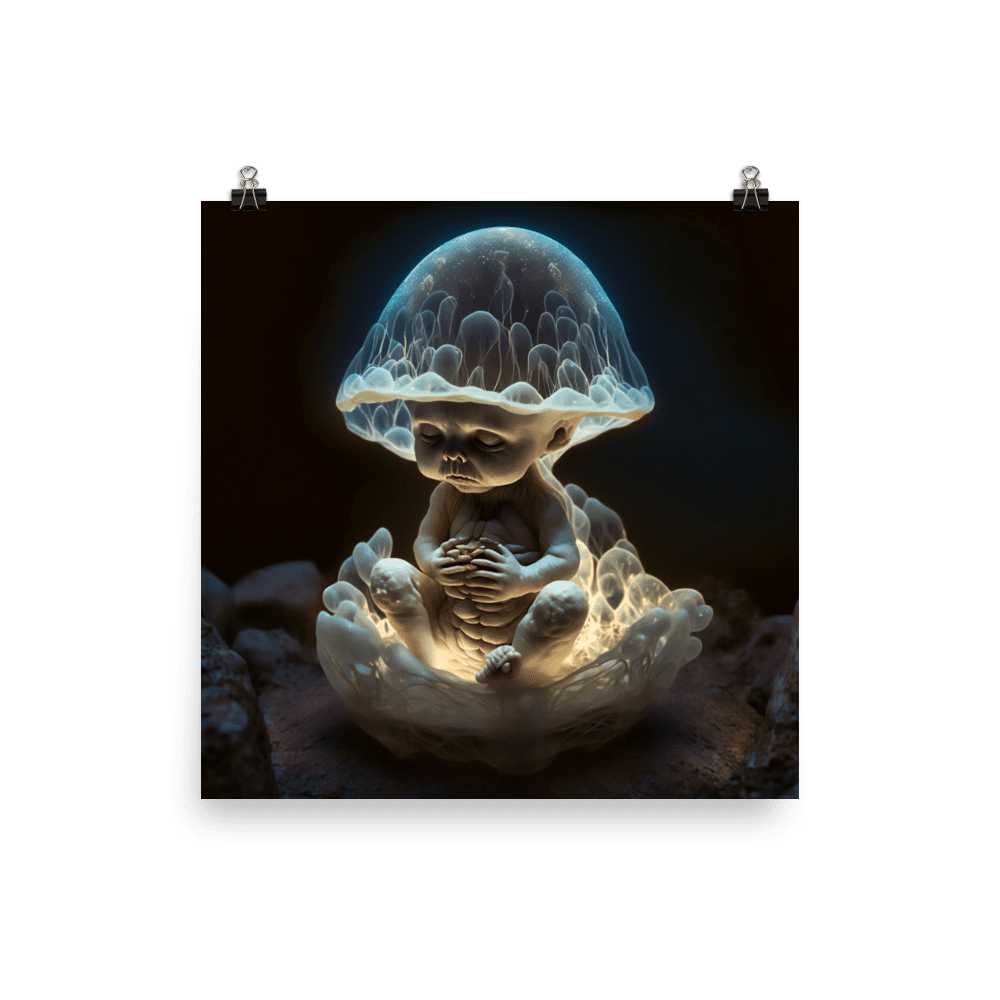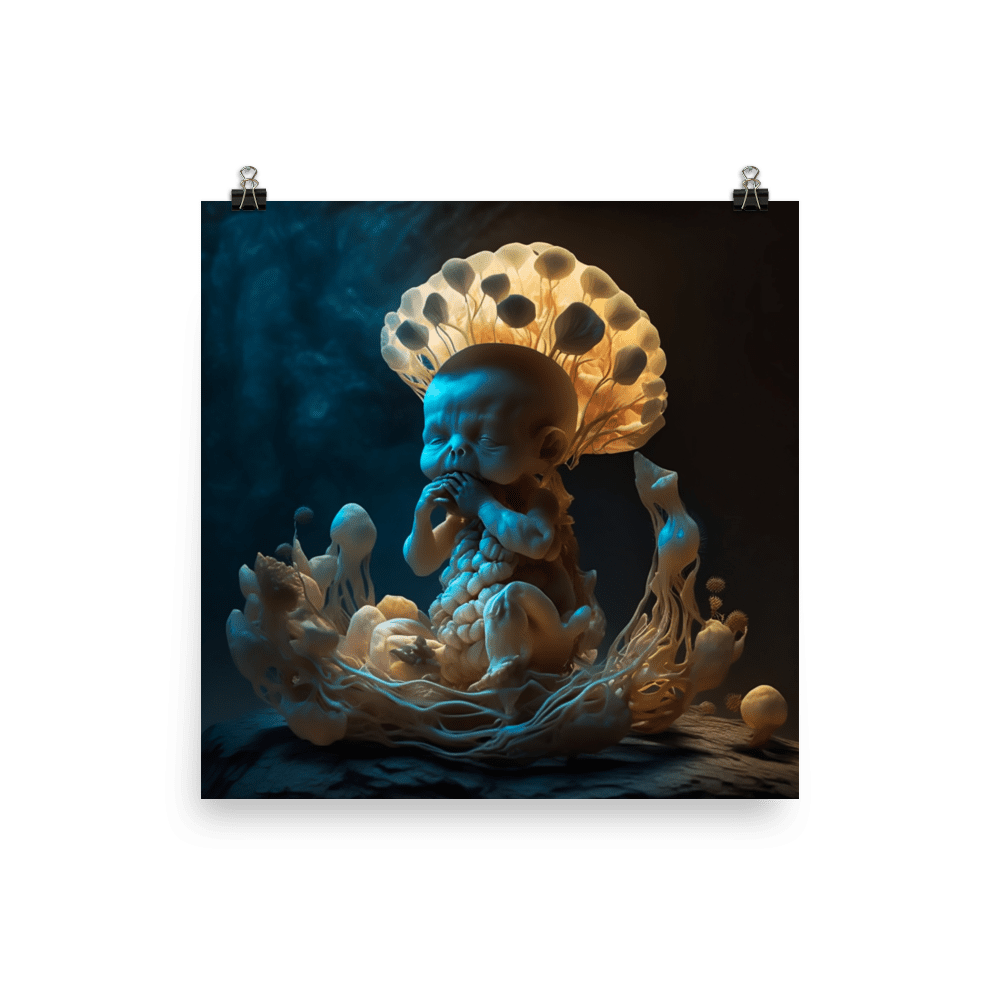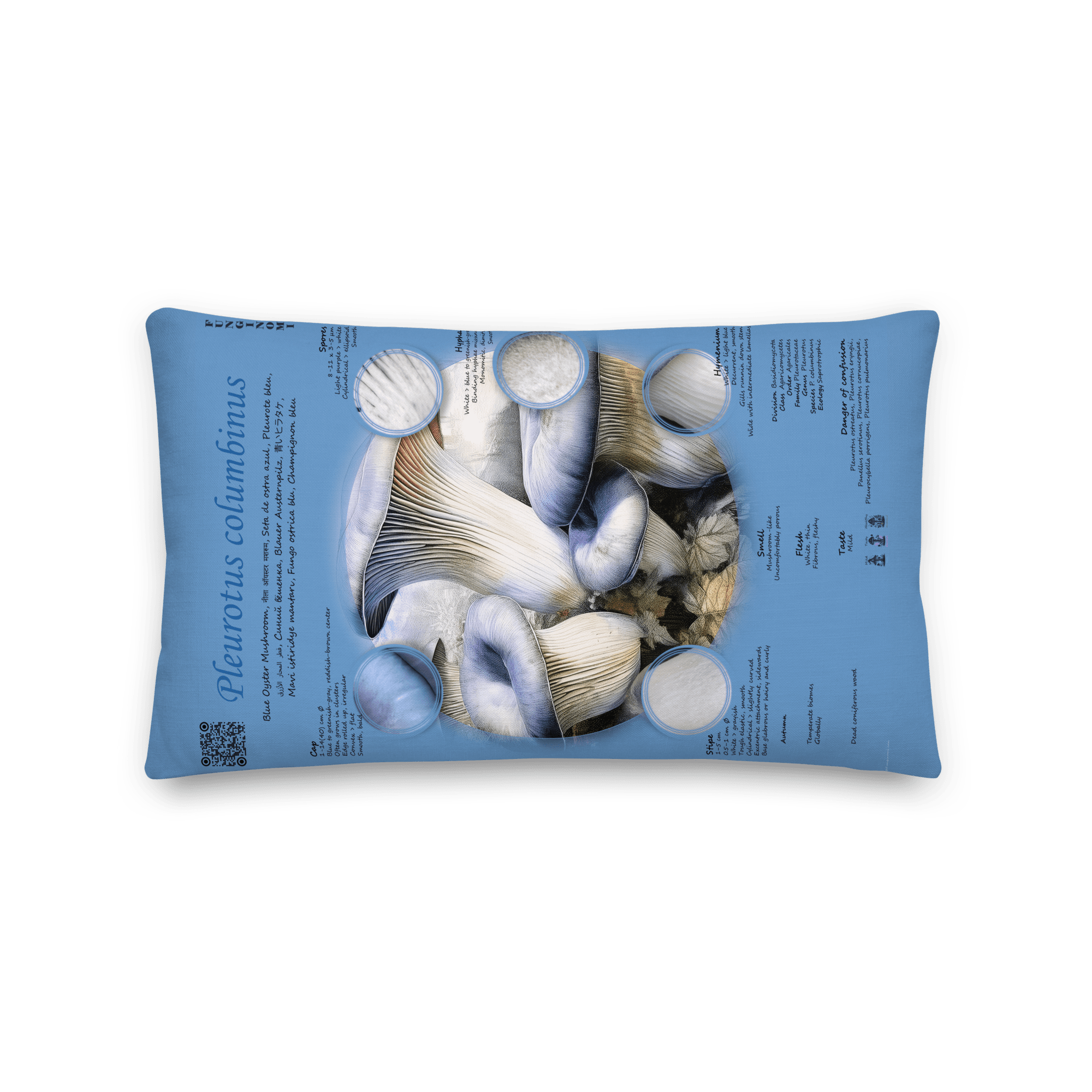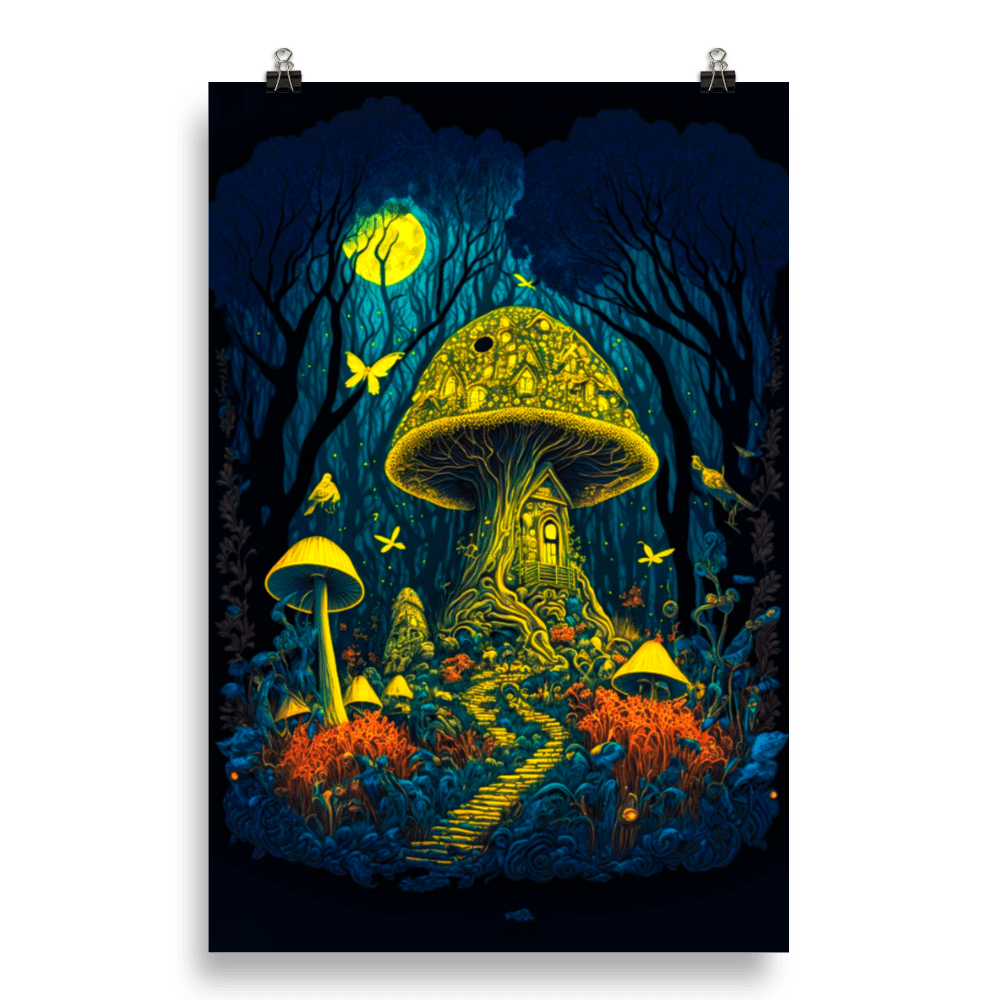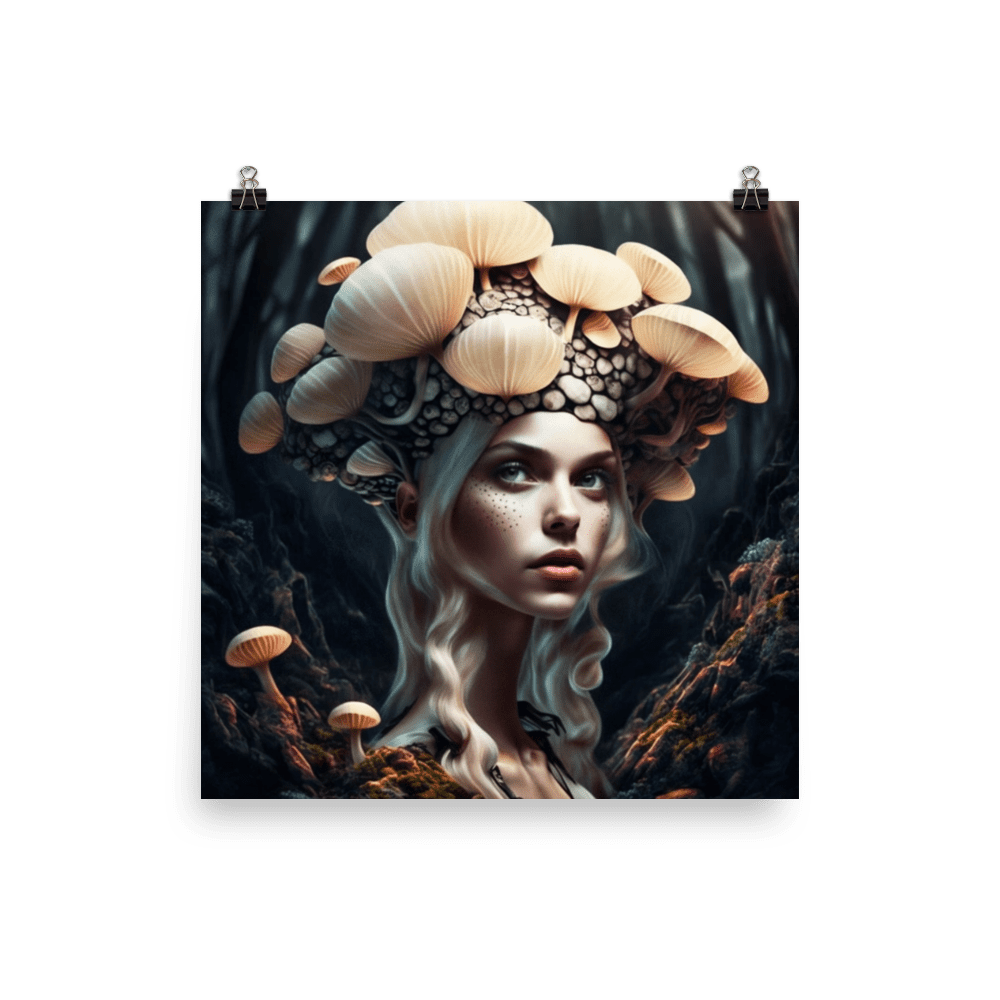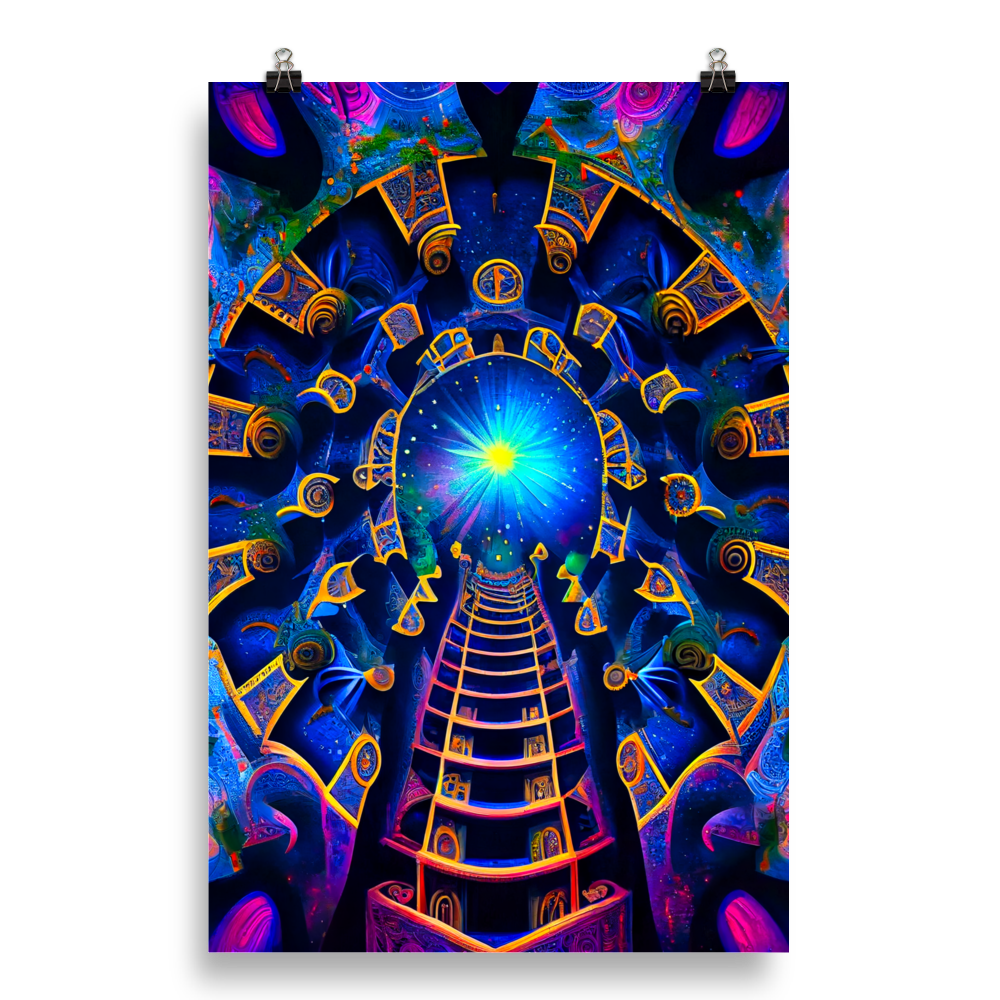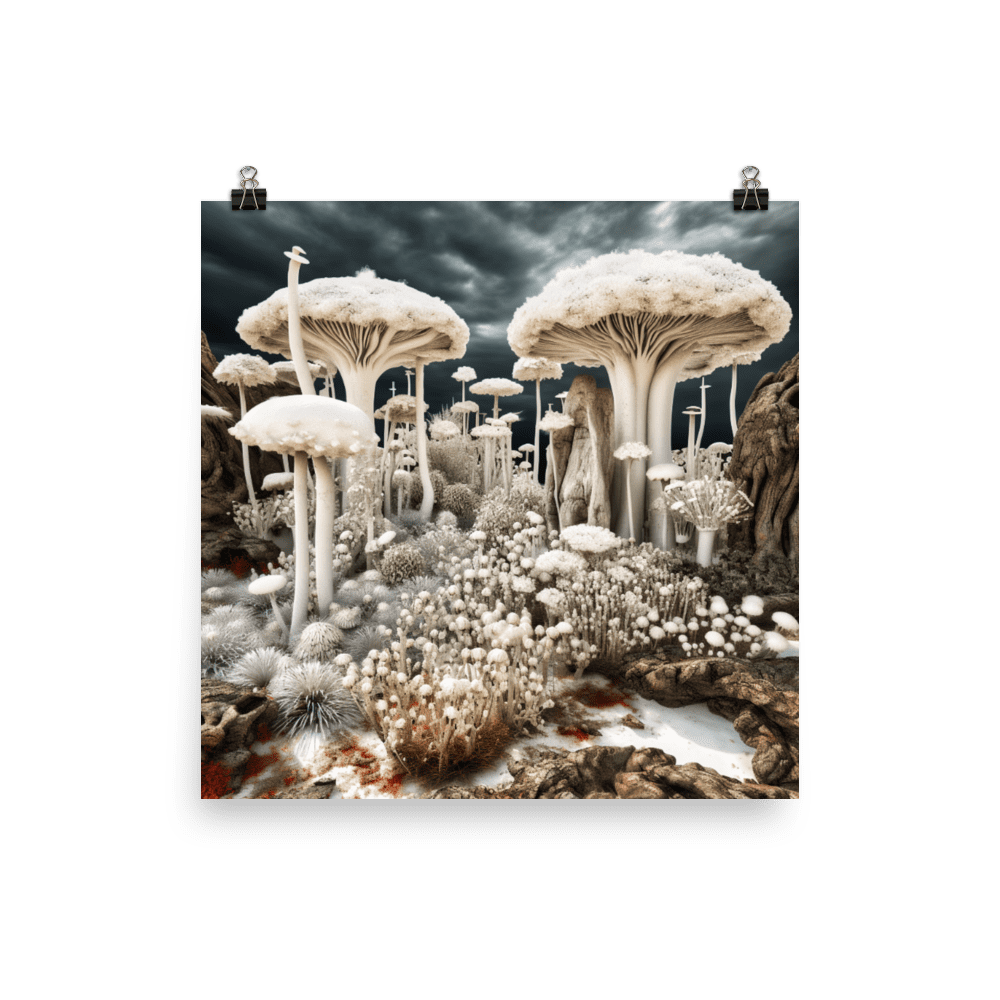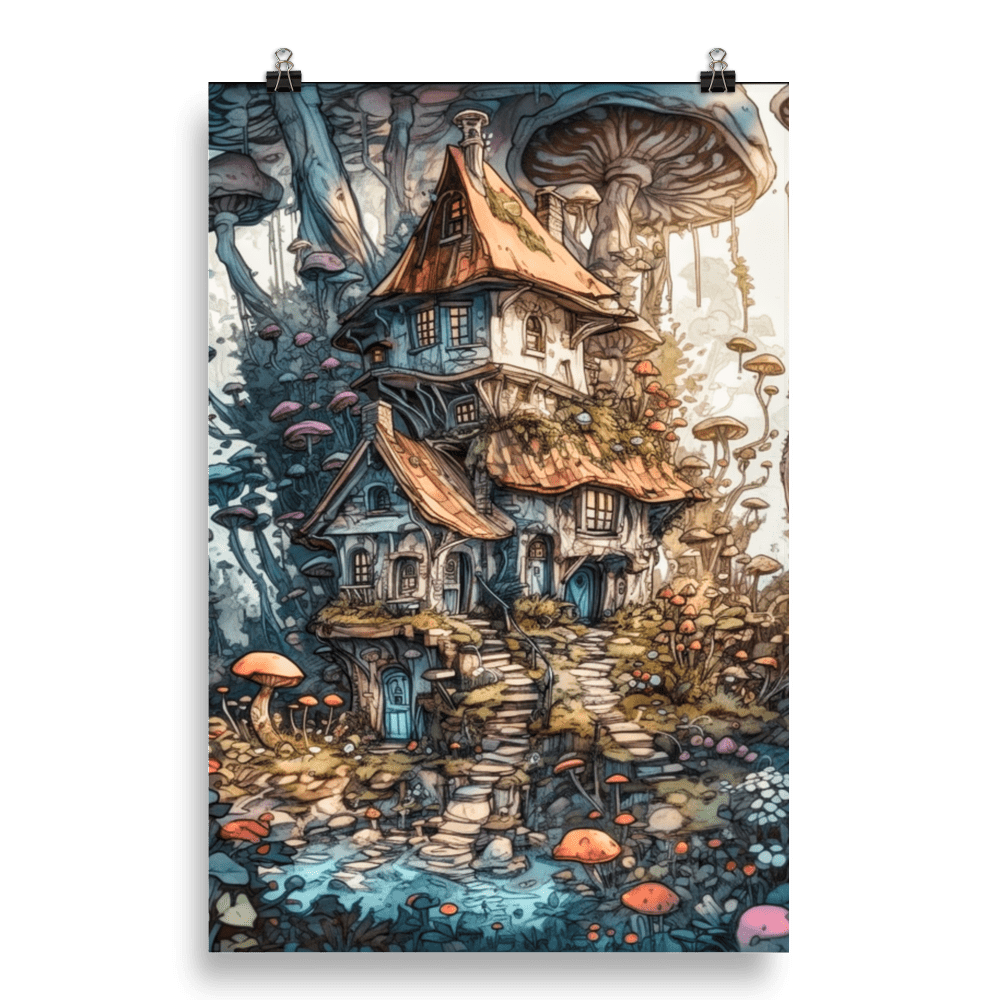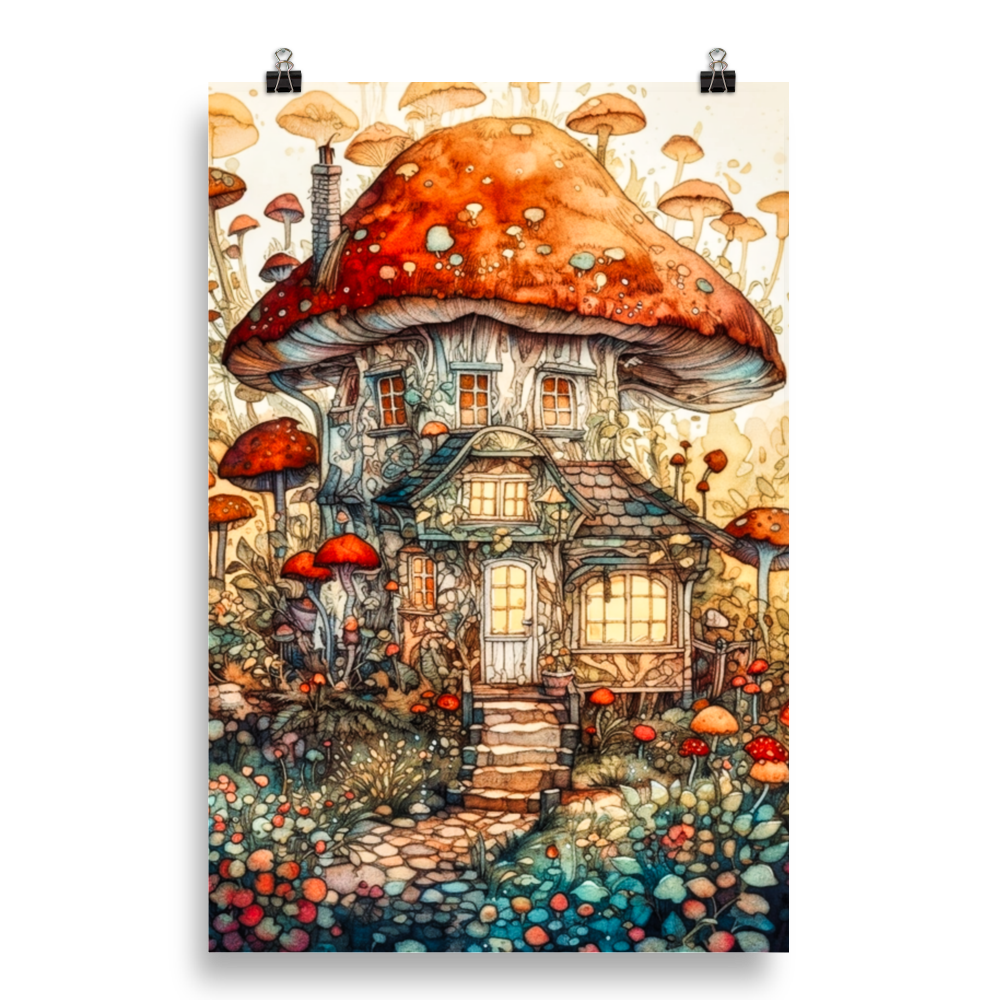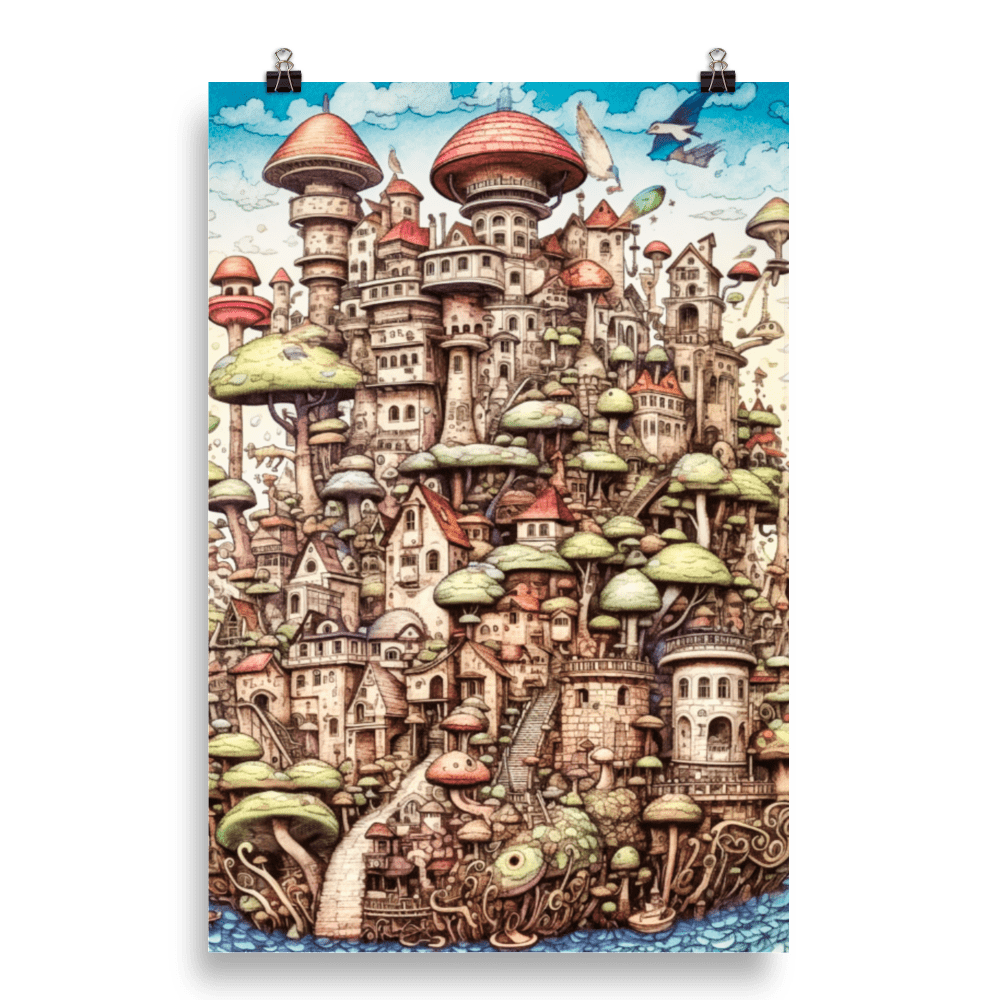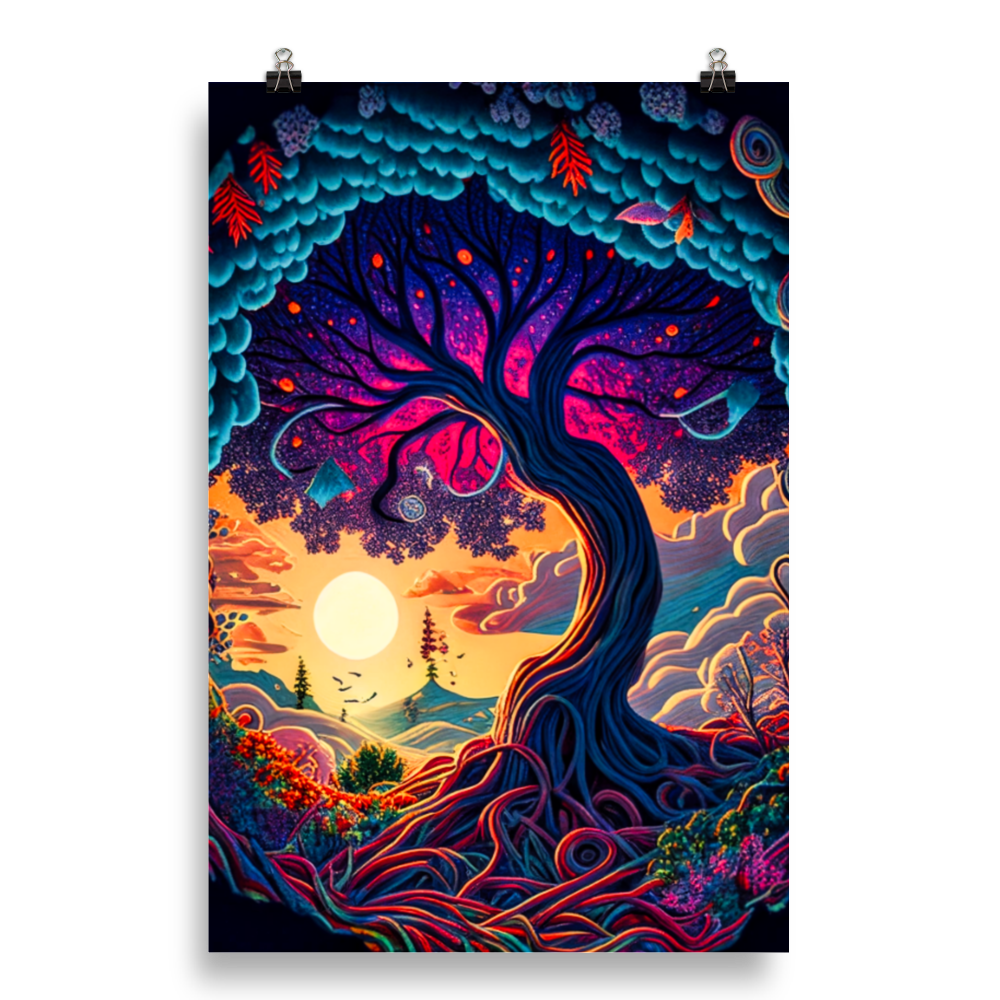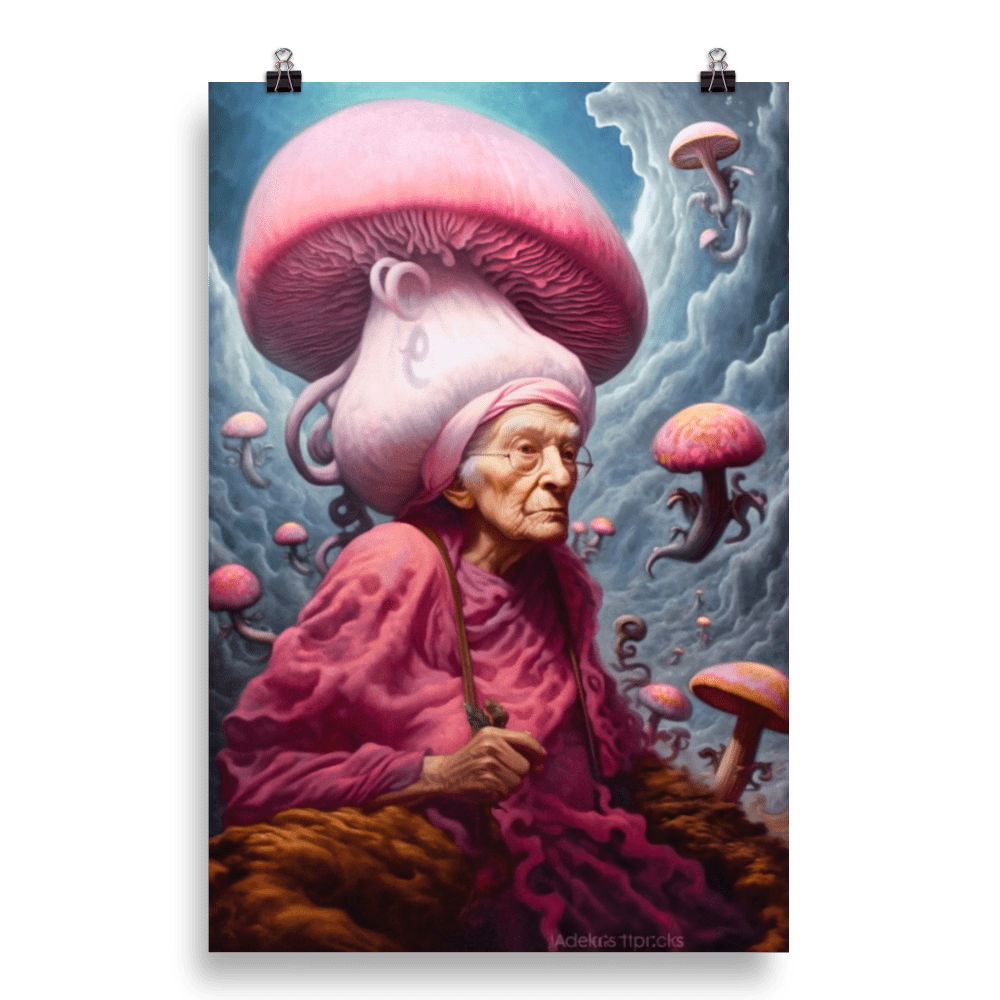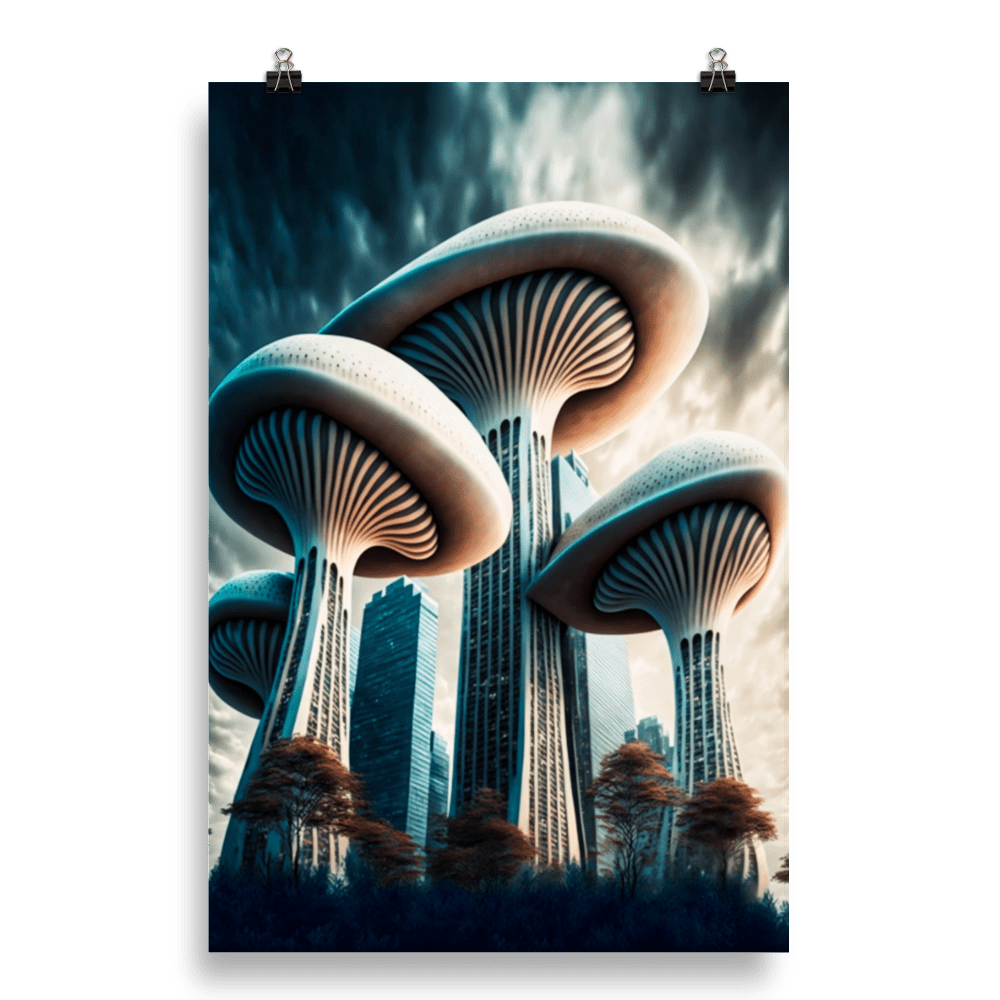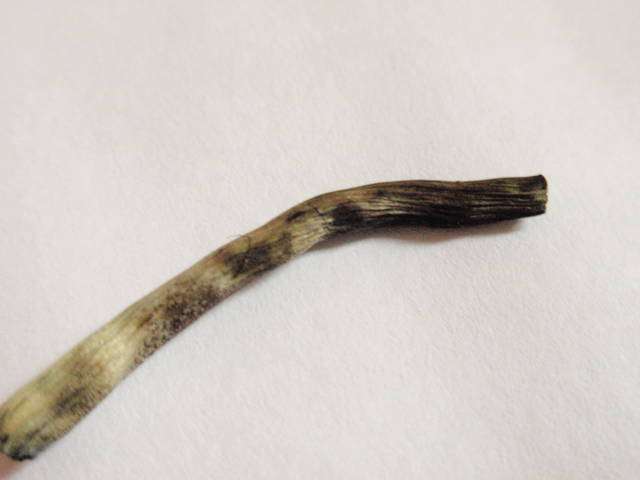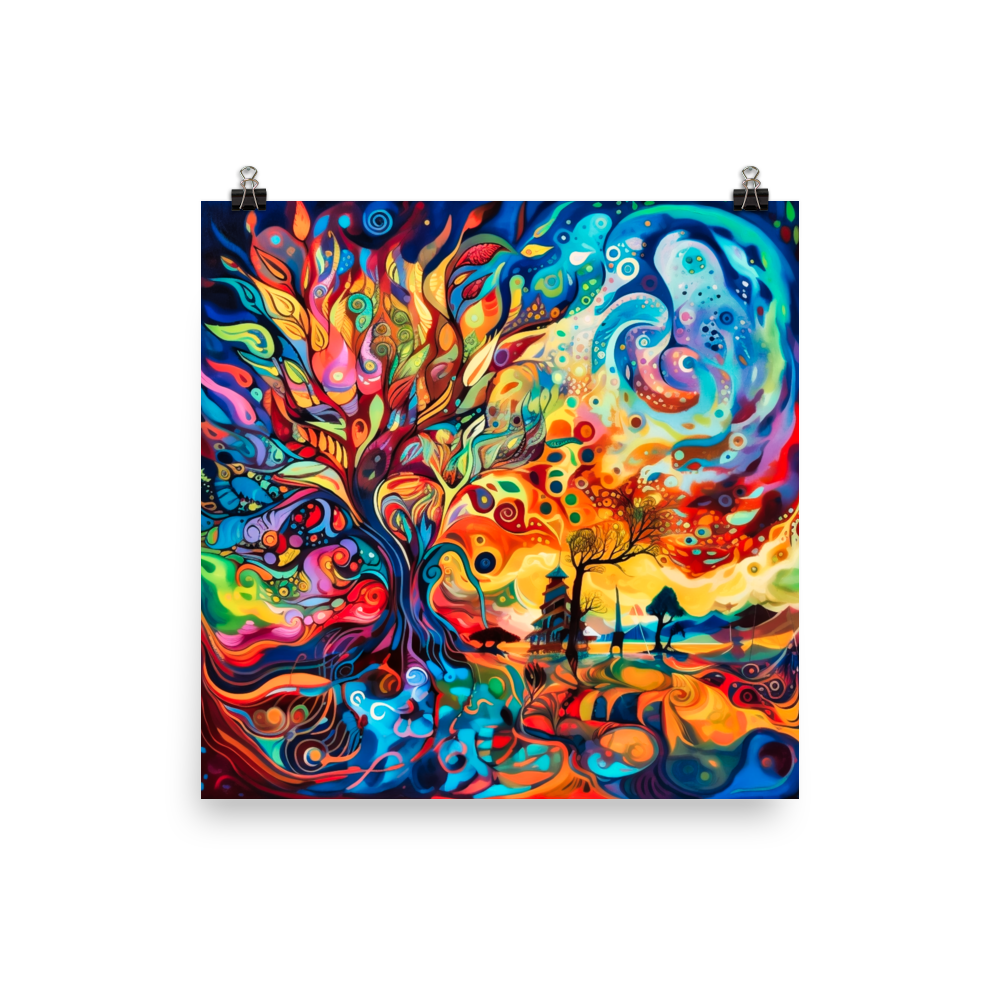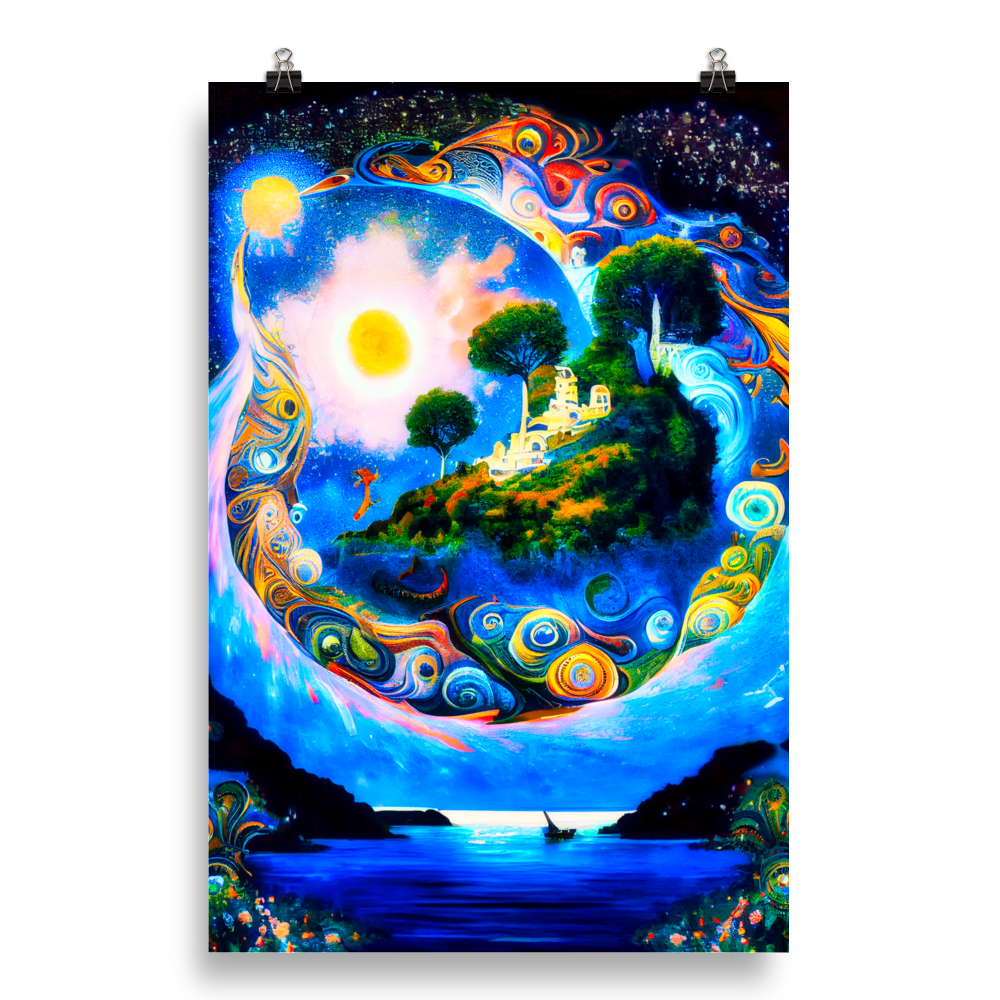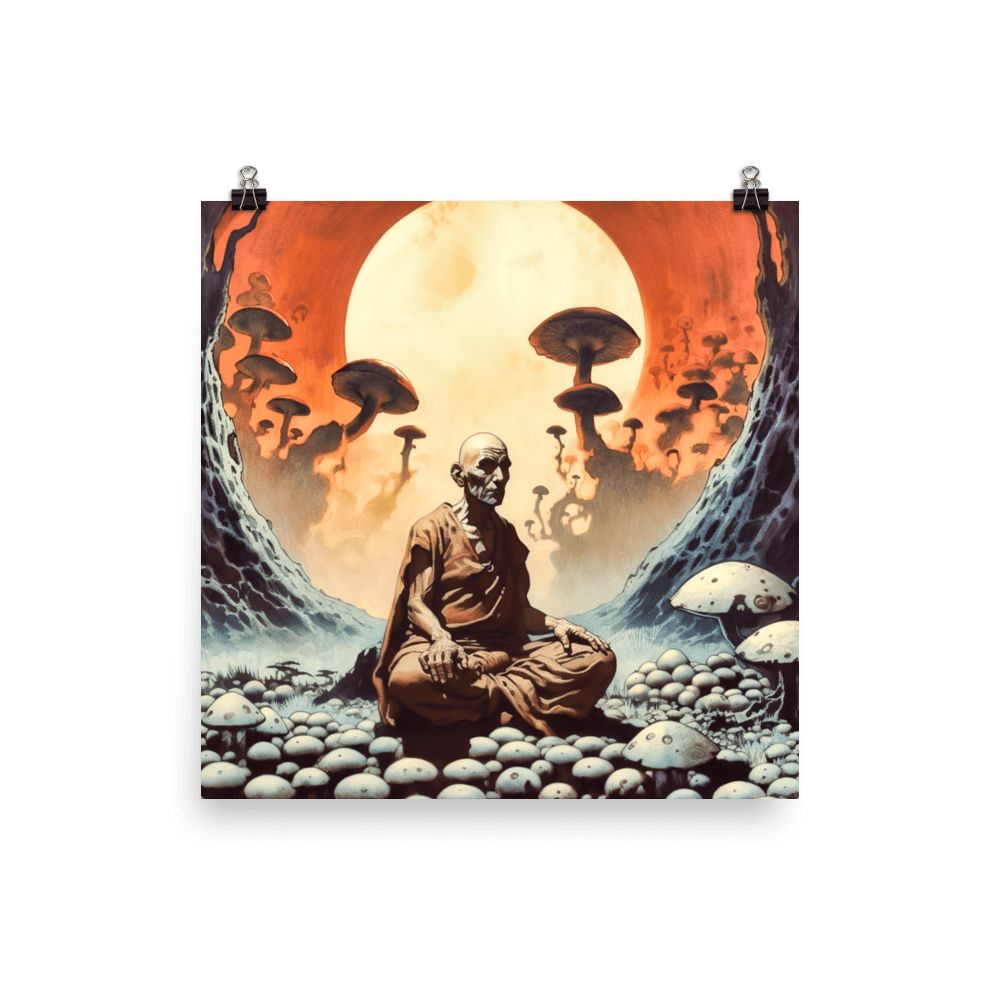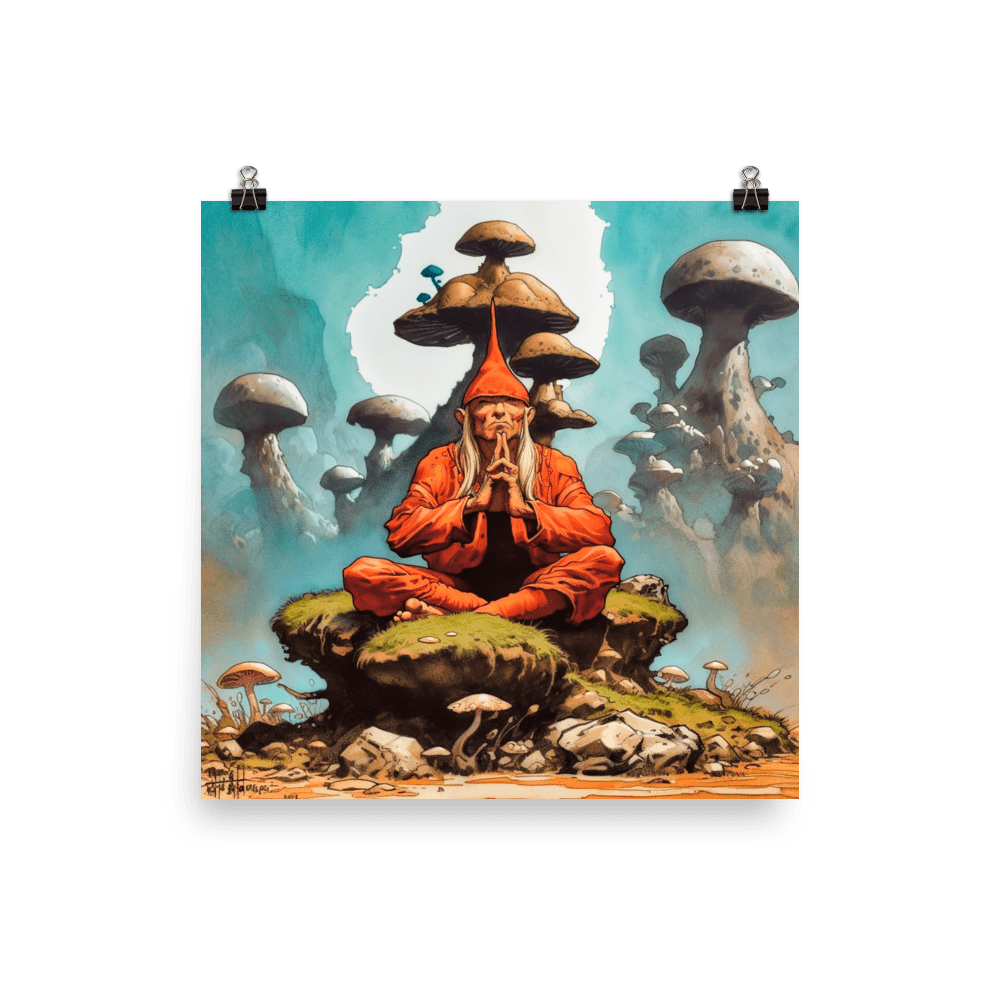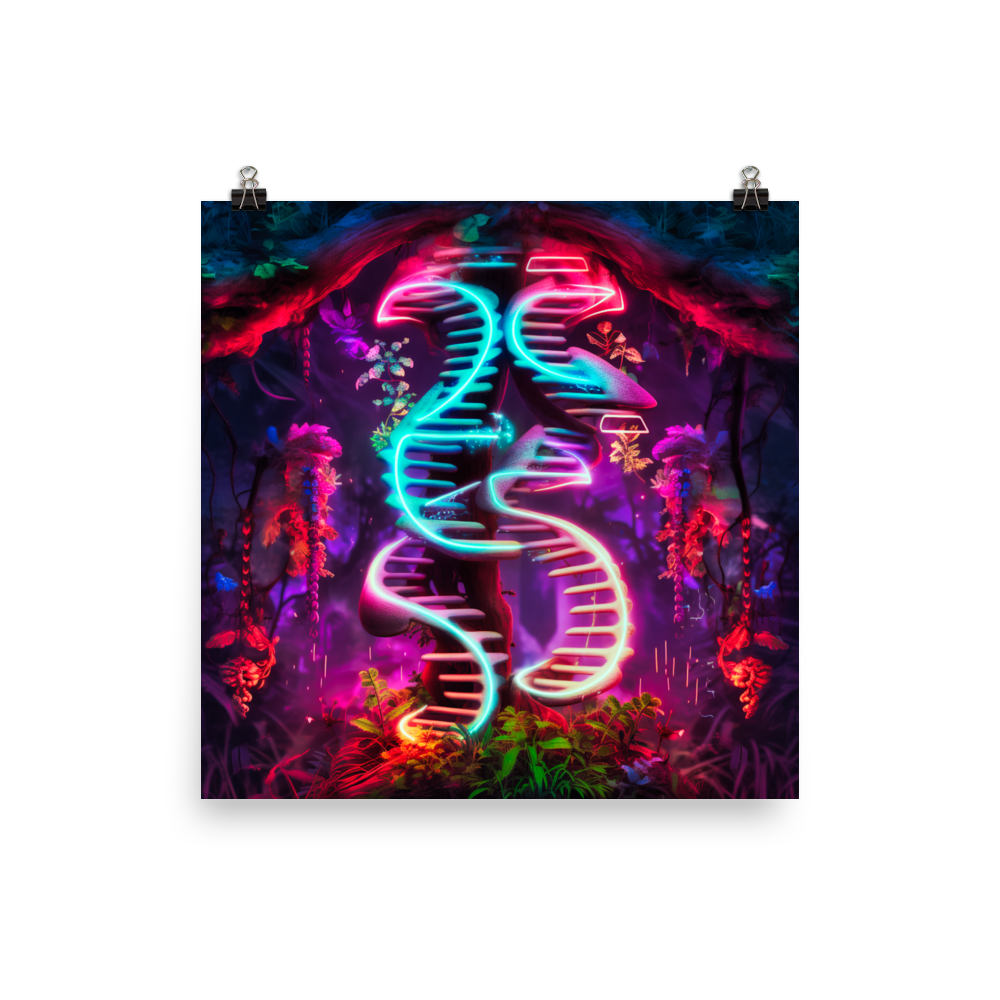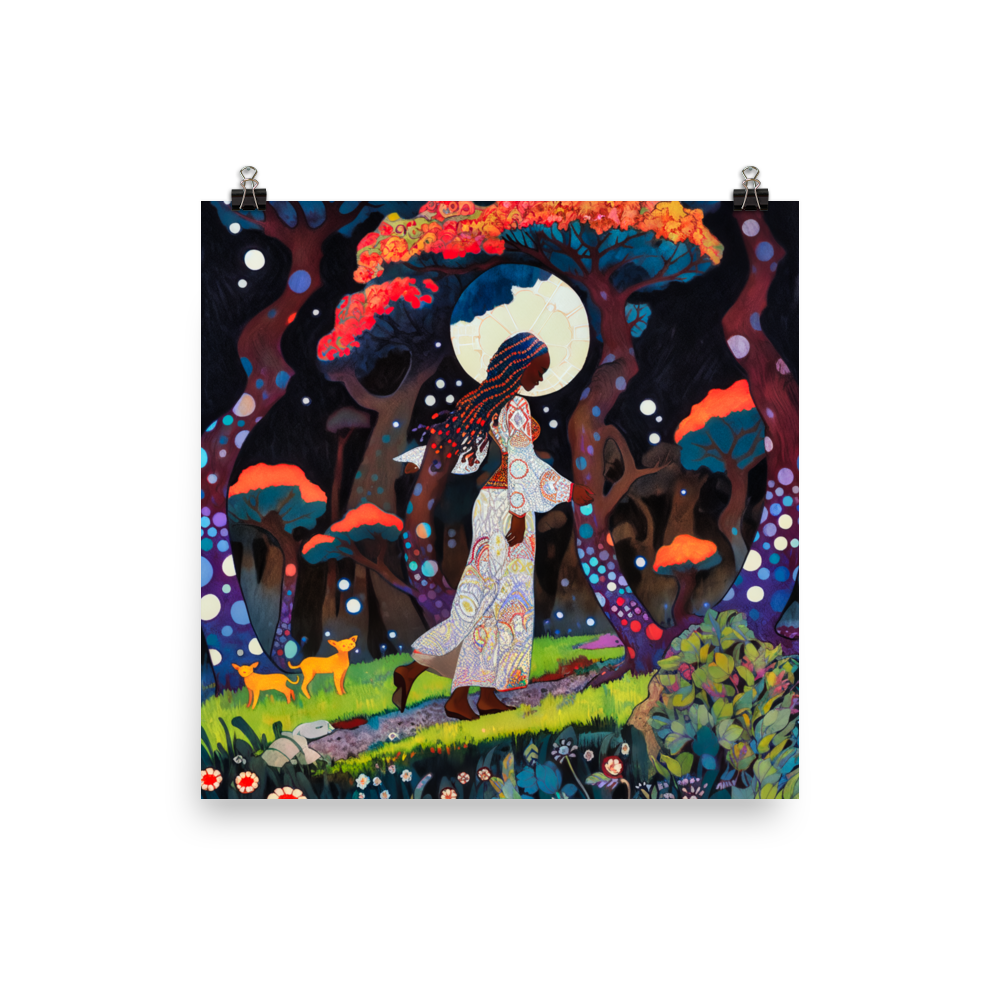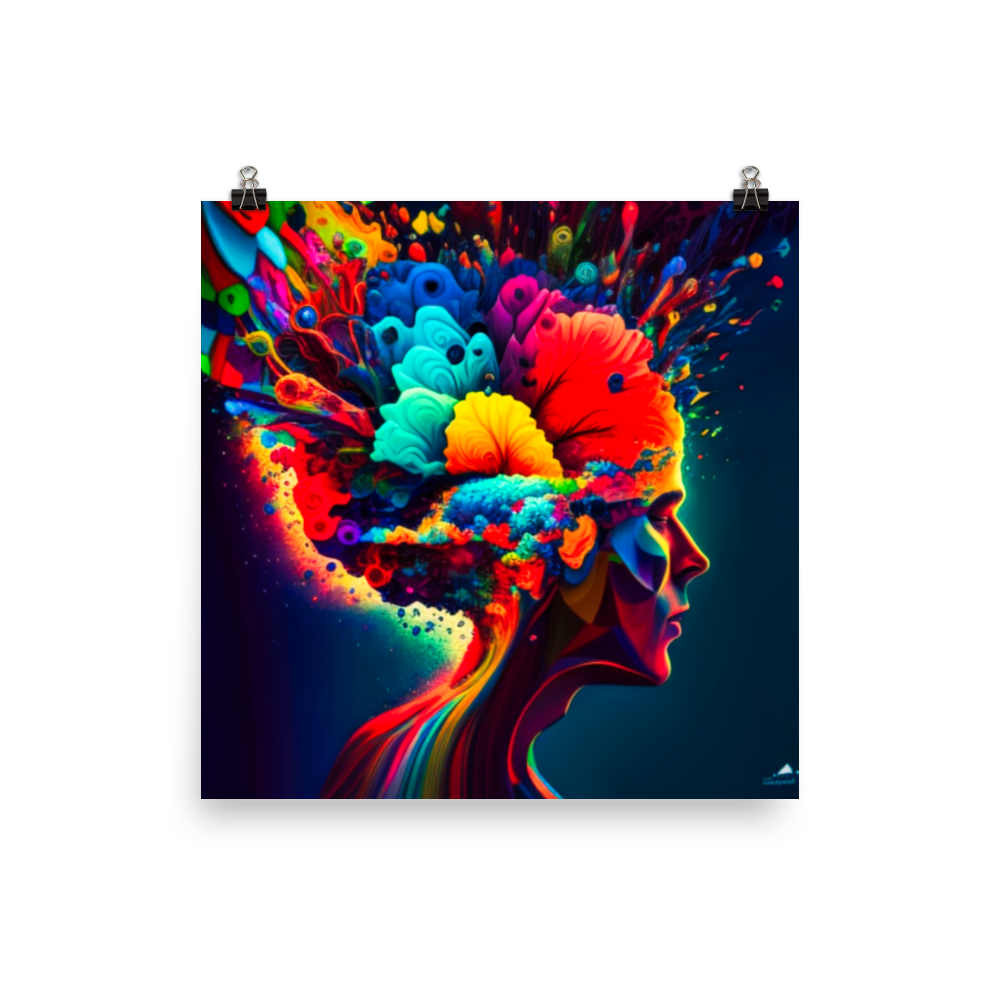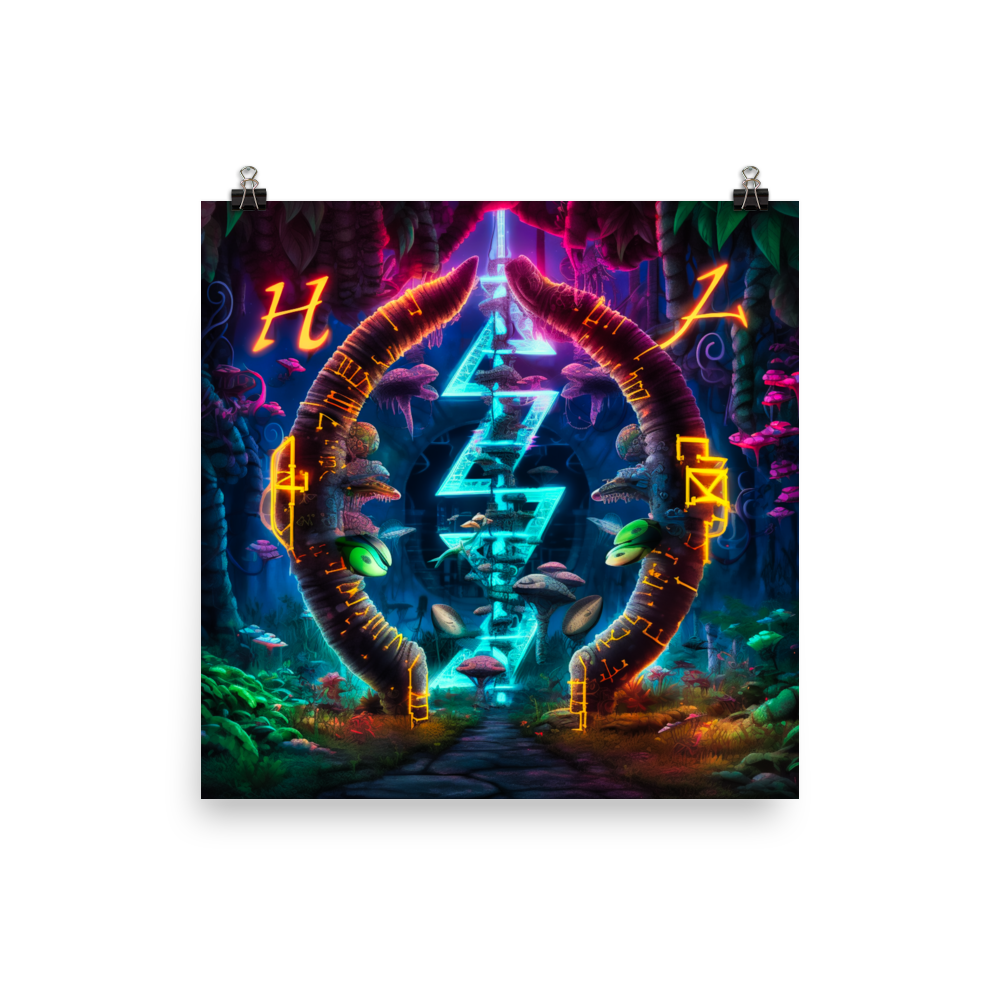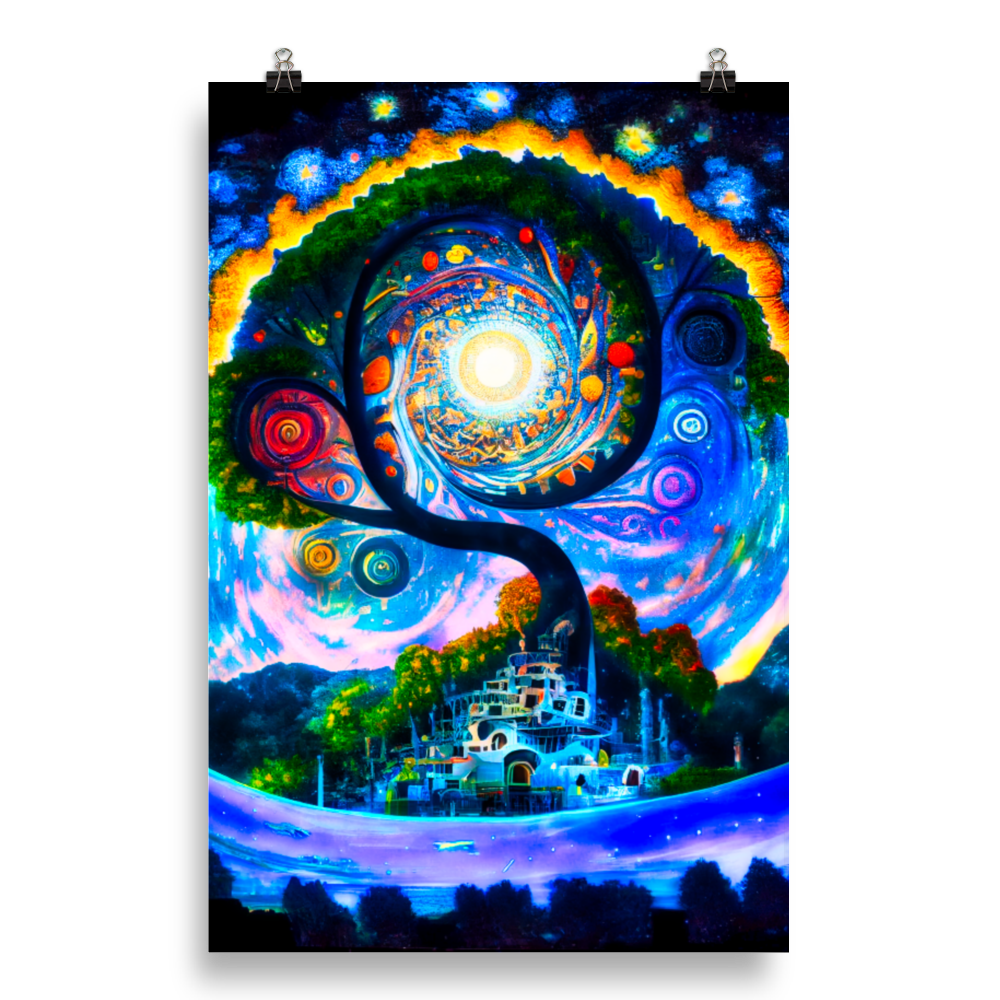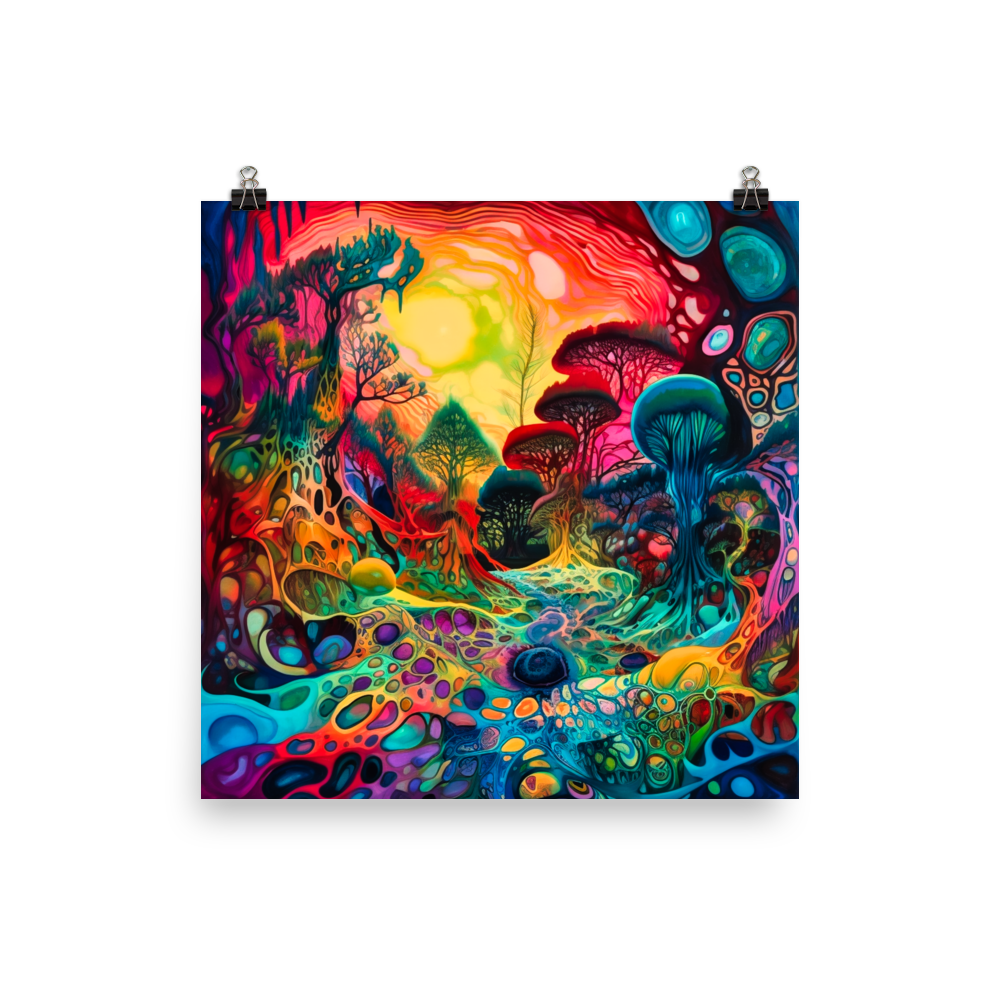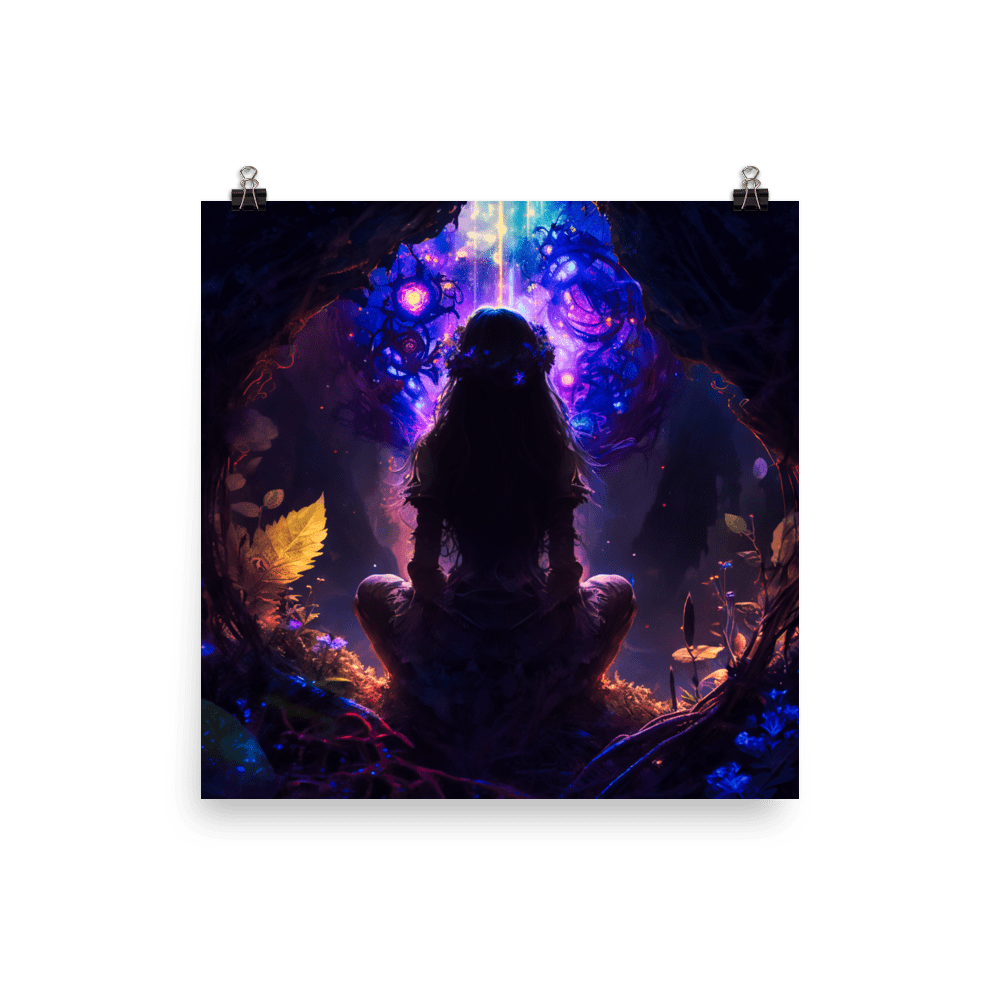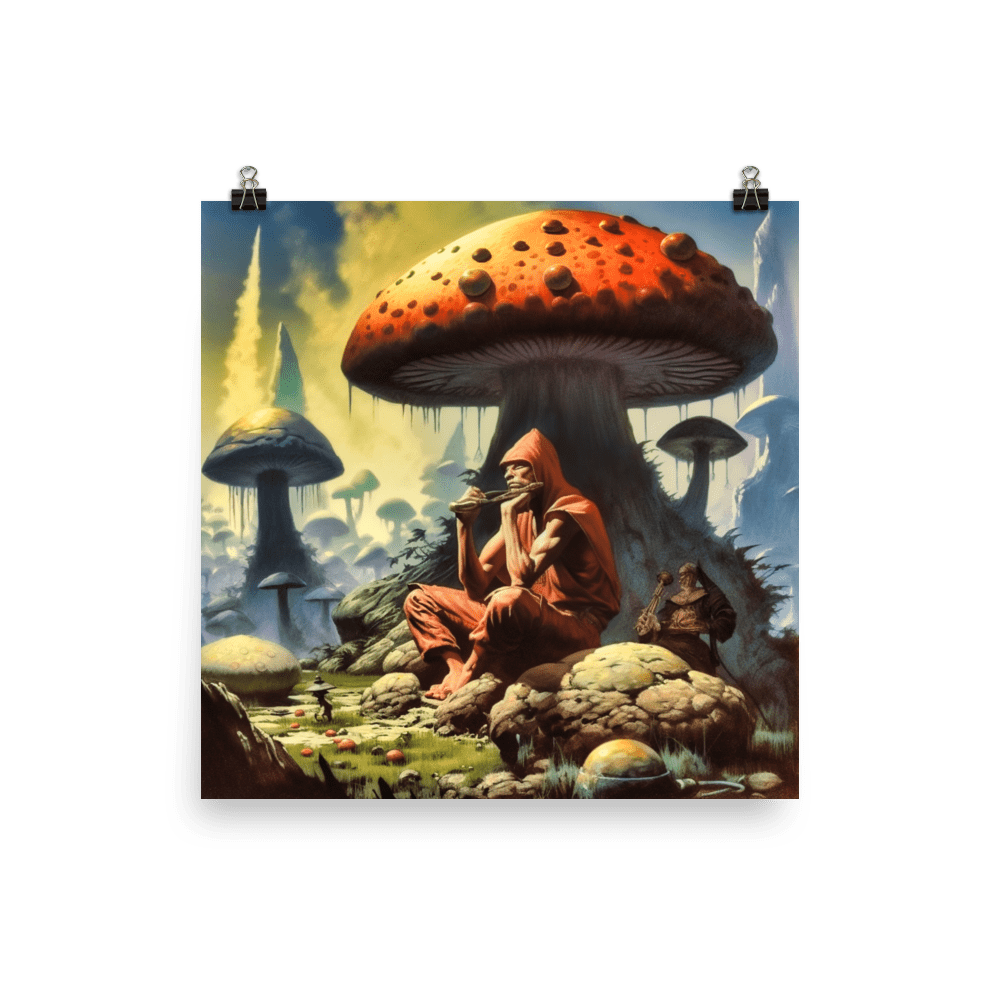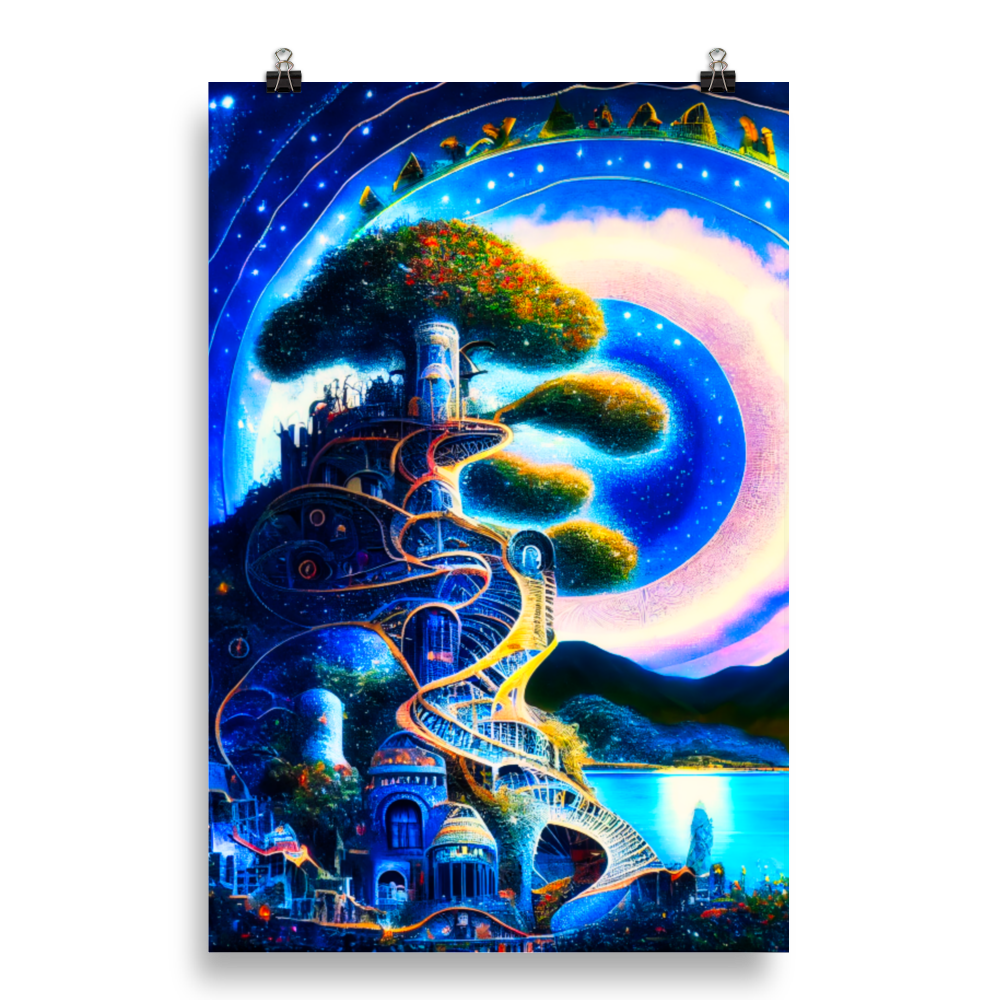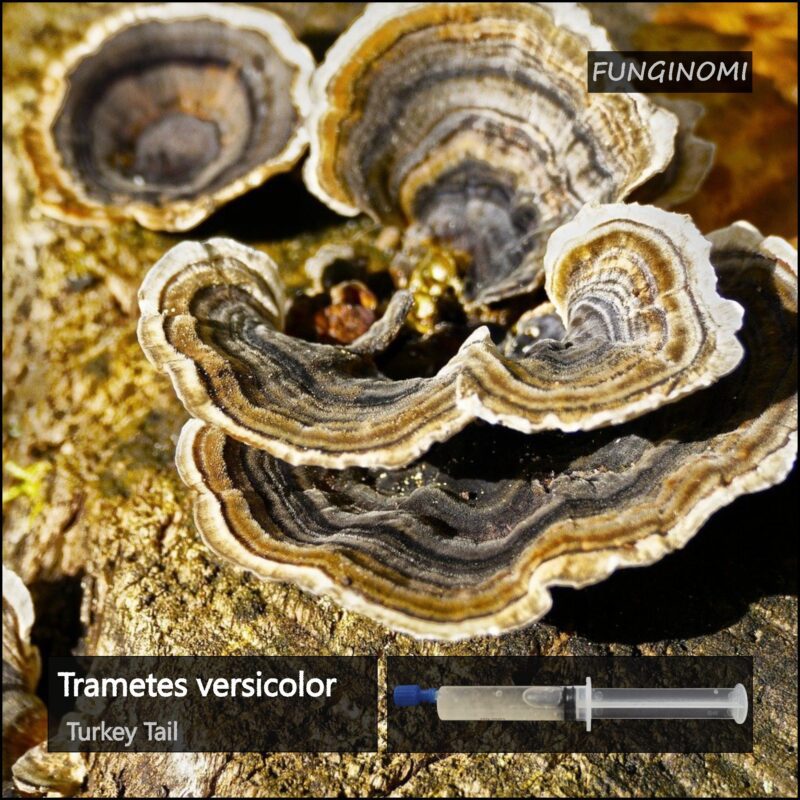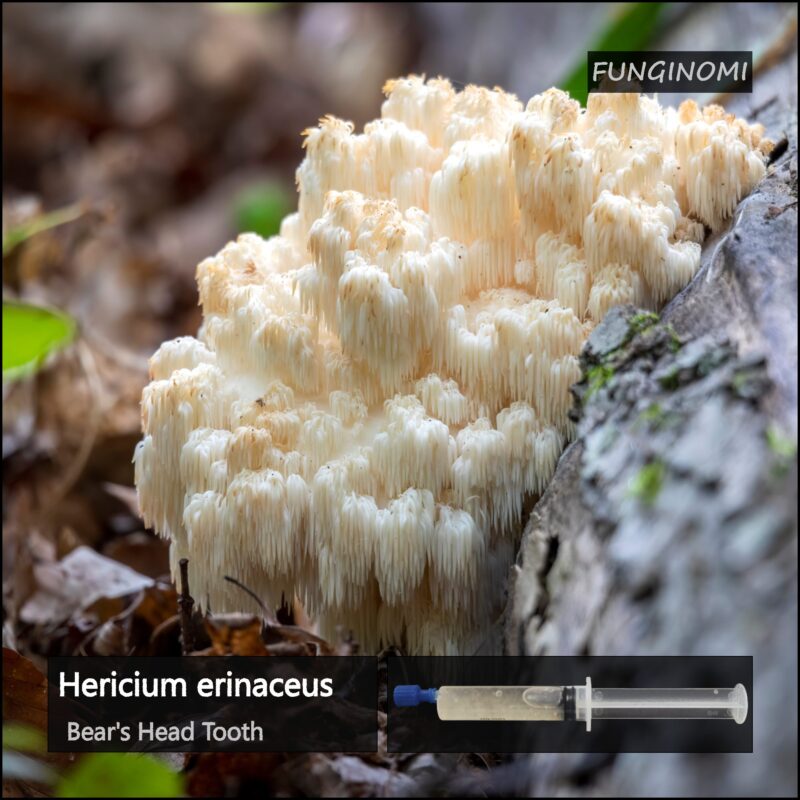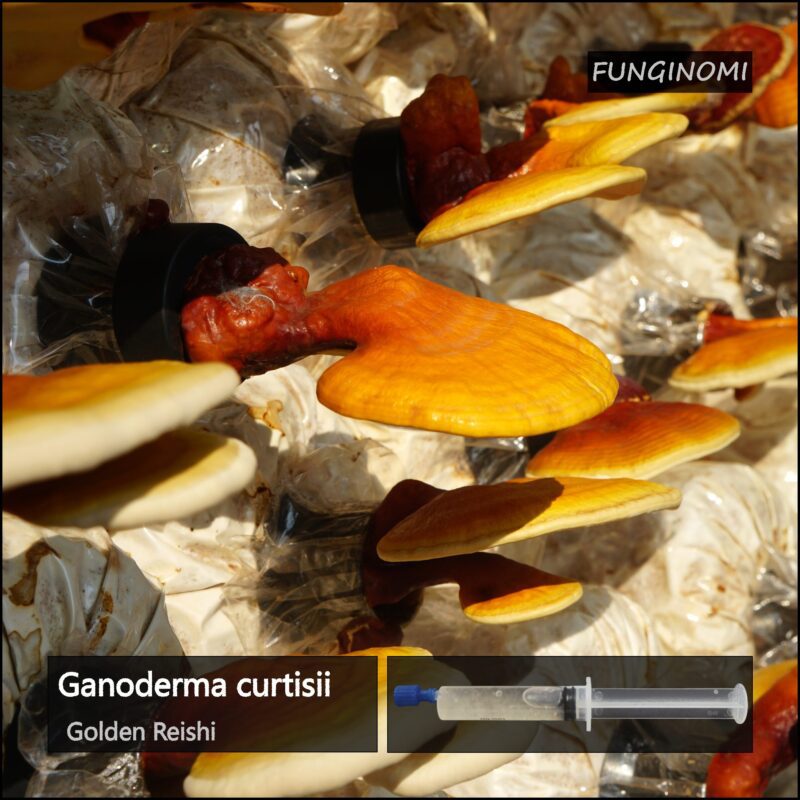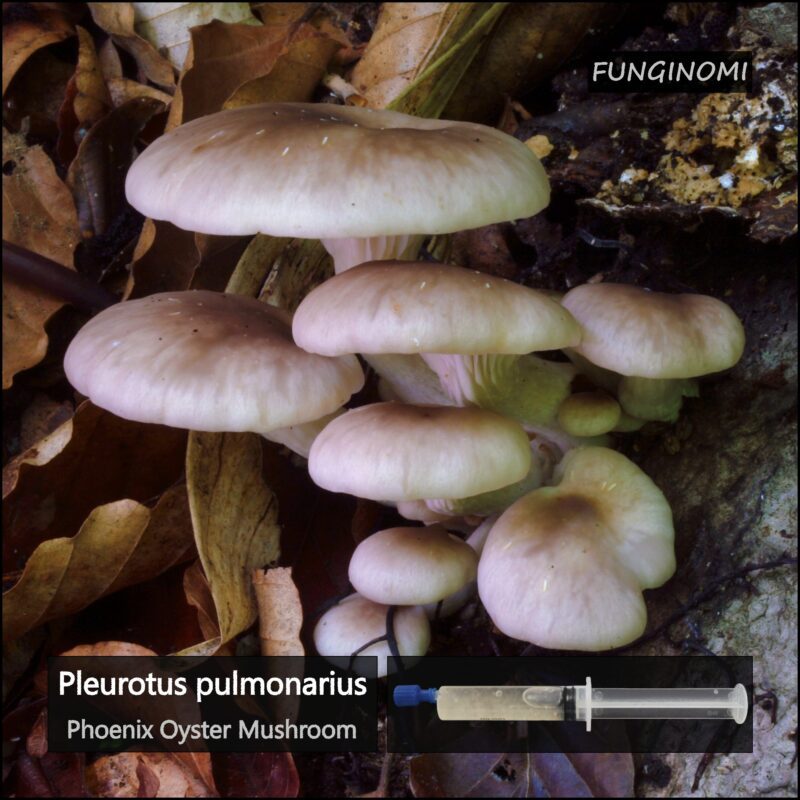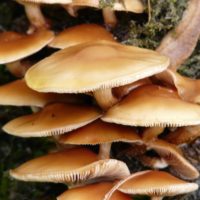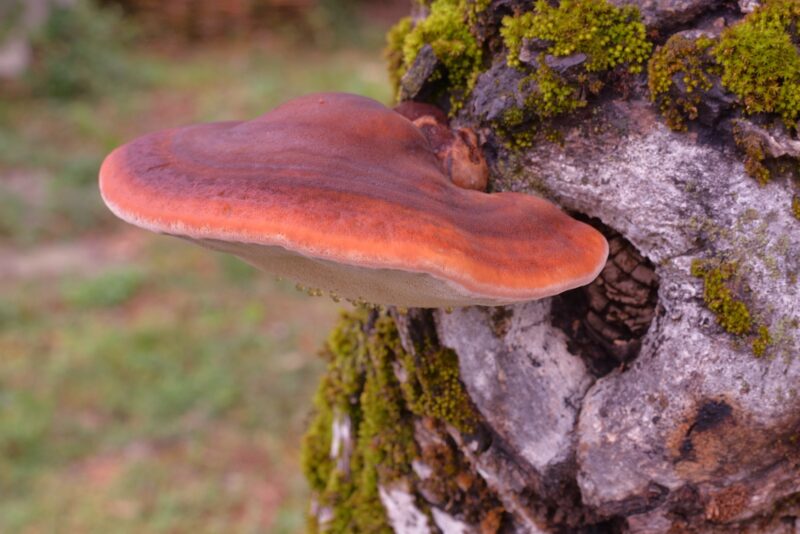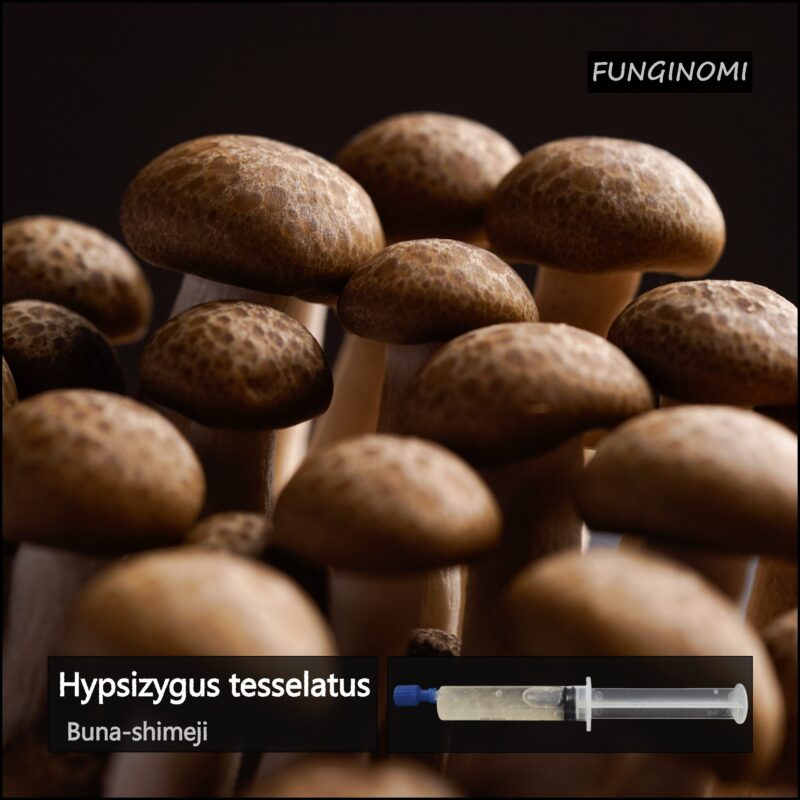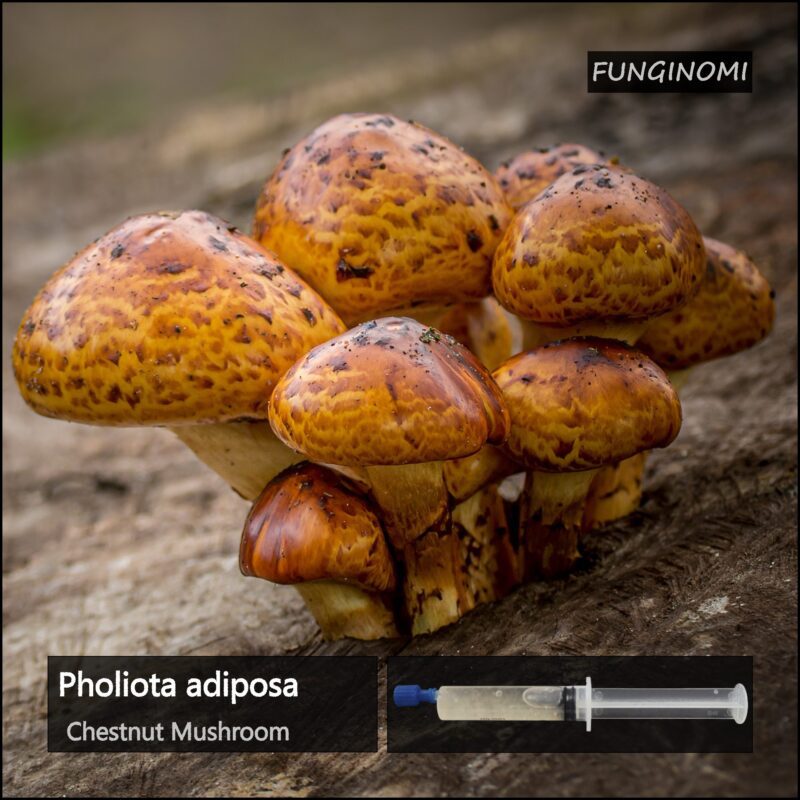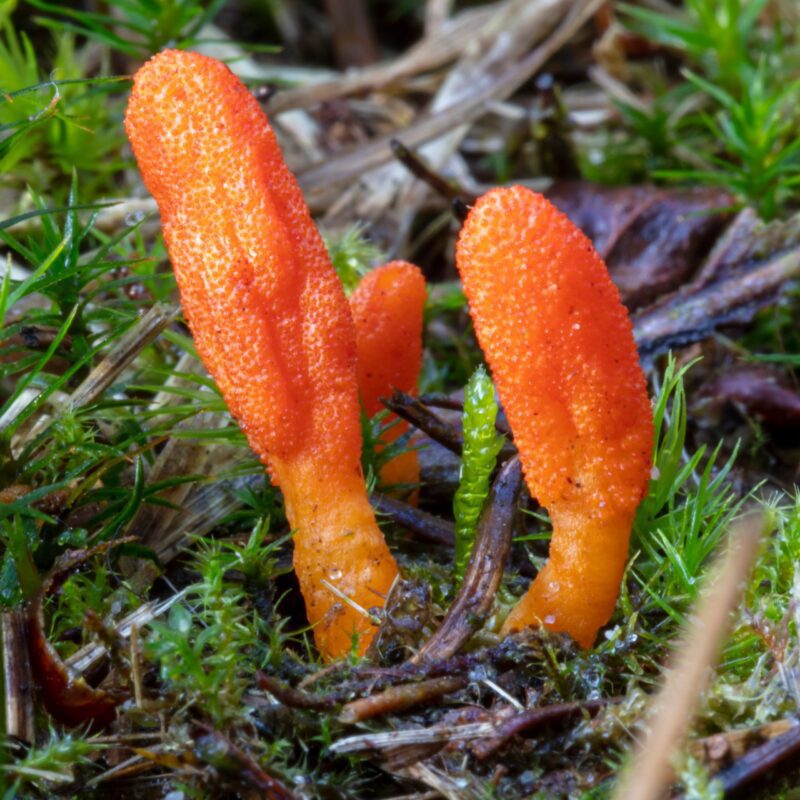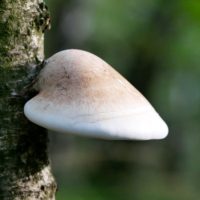Psilocybe cyanescens
Description
Psilocybe cyanescens, commonly known as the “Wavy Caps,” is a species of psychedelic mushroom belonging to the genus Psilocybe. It is widely recognized for its potent hallucinogenic properties and is highly sought after by individuals interested in the effects of psychedelic substances.
Psilocybe cyanescens is eaten fresh or dried. These mushrooms, which grow on cow, buffalo or horse dung, grow in Java and Bali during the rainy season. The center of mushroom consumption in Java is the area around Yogyakarta, the Sultan’s ancient city near Borobudur. The sacrificial bundles of the temple districts are adorned with mushroom sculptures. One way or another, tie-dye artists eat these magic mushrooms to get inspiration for their work and to see visions.
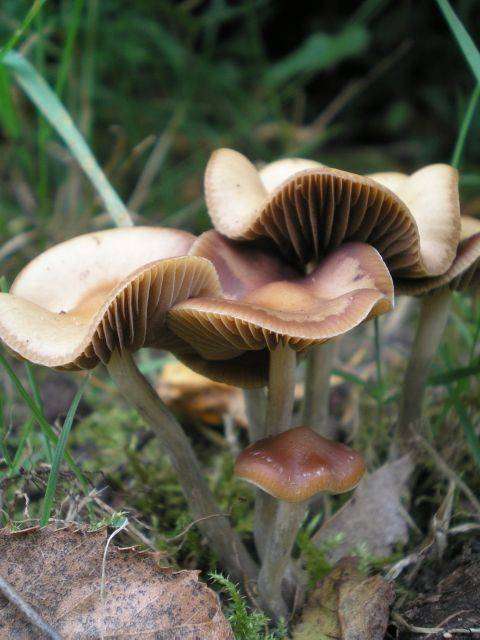
Scientific research on Psilocybe cyanescens has focused on understanding its chemical composition, biological effects, and potential therapeutic applications. Like other species of Psilocybe, P. cyanescens contains psychoactive compounds such as psilocybin and psilocin, which interact with serotonin receptors in the brain, leading to altered perception and consciousness.
Research suggests that these compounds may hold promise in the treatment of various mental health conditions, including depression, anxiety, and PTSD. However, due to legal restrictions and potential risks associated with psychedelic substances, further scientific investigation is necessary to fully understand their therapeutic potential and ensure safe use.
Collection August 2024
Grab them, they are hot! 😊
Properties
The Wavy Cap or Blue Halo has a strong hallucinogenic effect. The psilocybin content can reach up to 2% of the dry matter. The latency period of this fungus ranges from 15 minutes to 4 hours.
Psilocybe cyanescens contains various psychoactive compounds, including psilocybin, psilocin, and baeocystin. These substances are responsible for the hallucinogenic effects when consumed.
When ingested, Psilocybe cyanescens can induce altered states of consciousness, sensory distortion, and profound visual hallucinations. The effects can vary in intensity and duration, depending on factors such as dosage, individual sensitivity, and set and setting.
-Red-brown discoloration on contact with potassium hydroxide solution (KOH)
-Dark brown with sodium hydroxide solution (NaOH)
-With iron sulfate (FeSO4) light brown to light yellow-brown
-No staining with phenol
Hallucinations
Psilocybe tampanesis can induce visual (especially withing high doses), auditory, and sensory hallucinations.
Euphoria and Introspection
Many report feelings of euphoria, introspection, and enhanced creativity.
Altered Perception
Users experience shifts in perception of time, space, and reality.
Mindset and Setting
The effects are influenced by mindset and environment.
Growing
How to Grow P. cyanescens indoor?
Substrate: Psilocybe cyanescens thrives on wood-based substrates like hardwood chips or sawdust supplemented with nutrients.
Humidity and Ventilation: Maintain high humidity levels during colonization and fruiting, ensuring adequate ventilation to prevent excessive CO2 buildup.
Environmental Control: Monitor and adjust environmental factors such as temperature, humidity, and light to optimize mushroom growth and yield.
1. Materials Needed:
Hardwood chips or sawdust
Grain spawn or spore syringe
Growing containers (e.g., plastic bins, trays)
Humidity tent or grow chamber
Casing material (optional) such as peat moss or vermiculite
Misting bottle
Hygrometer and thermometer
2. Inoculation Phase:
Substrate Preparation: Soak hardwood chips or sawdust in water for 24 hours, then drain and pasteurize by heating to 70-80°C (158-176°F) for 1-2 hours.
Inoculation: Once cooled, mix the substrate with grain spawn or inoculate with a spore syringe. Fill the growing containers with the inoculated substrate.
3. Colonization Phase:
Conditions: Maintain a temperature of 18-24°C (64-75°F) and high humidity (80-90%).
Environment: Keep the containers in a dark or dimly lit area with good air circulation. The mycelium will start to colonize the substrate over 2-4 weeks.
4. Fruiting Phase:
Casing (Optional): Apply a layer of casing material to the colonized substrate to help retain moisture.
Humidity and Temperature: Lower the temperature to 10-15°C (50-59°F) and maintain high humidity (90-95%). Use a humidity tent or grow chamber to control these parameters.
Light: Introduce a 12-hour light/dark cycle to stimulate fruiting. Indirect natural light or low-intensity artificial light works well.
Fruiting: Mushrooms should begin to form within 1-2 weeks. Mist the substrate regularly to maintain humidity.
5. Harvesting:
Timing: Harvest the mushrooms when the caps are fully open and before the veil breaks.
Method: Gently twist or cut the mushrooms at the base to avoid damaging the mycelium.
PH Levels
Agar Culture Media
5.0 – 6.0
Spawn Run
5.5 – 6.5
Fruiting Phase
5.5 – 6.5
Harvest
none
Any Sale Helps us Doing what we Love 😊
S
|
P
|
F
|
|
|---|---|---|---|
Temp |
18-24°C (64°-75°F) | 7-13°C (45-56°F) |
10-18°C (50-65°F) |
Relative Humidity % |
95-100 | 95-100 | 90-95 |
Duration d |
45-60 | 10-14 | 10-20 |
CO2 ppm |
>5000 | 1000-2000 | <1000 |
FAE per h |
0-1 | 4-6 | 4-8 |
Light lux |
– | 200-800 | 400-800 |
How to Grow Psilocybe cyanescens outdoor?
1. Materials Needed:
Hardwood chips or sawdust
Grain spawn or spore syringe
Outdoor bed area with partial shade
Mulch
Water source
2. Site Preparation:
Location: Choose a shaded area with good drainage. A spot under trees or shrubs is ideal to mimic the natural habitat.
Bed Preparation: Clear the area of debris and loosen the soil. Create a bed with a mix of hardwood chips and sawdust.
3. Inoculation Phase:
Inoculation: Spread the grain spawn or spores over the prepared bed and mix well with the substrate. Cover the bed with a layer of mulch to retain moisture.
4. Colonization Phase:
Conditions: Maintain moisture by watering regularly, especially during dry periods. The mycelium will colonize the substrate over several weeks to a few months.
Protection: Protect the bed from direct sunlight and heavy rain by covering it with a tarp or shade cloth if necessary.
5. Fruiting Phase:
Season: Fruiting typically occurs in the fall when temperatures drop and humidity increases.
Maintenance: Continue to water the bed to keep it moist. Mushrooms will start to form as temperatures drop to 10-15°C (50-59°F).
Harvesting**: Harvest mushrooms when they reach maturity, typically after rain or during high humidity periods.
6. Maintenance for Multiple Seasons:
Bed Care: After the initial fruiting season, maintain the bed by adding fresh hardwood chips and sawdust. This will ensure continued growth and fruiting in subsequent years.
Cropping Cycle
Inoculation Phase
Duration: 1-2 weeks
The cropping cycle begins with inoculation, where Psilocybe cyanescens spores or mycelium are introduced to a suitable substrate.
Common substrates include hardwood chips, sawdust, or enriched soils.
Inoculation can be done using spore syringes, agar cultures, or grain spawn.
Spawn Run (Colonization Phase)
2-4 weeks
During this phase, the mycelium spreads and colonizes the substrate. Psilocybe cyanescens mycelium is vigorous and fast-growing.
Ideal conditions include temperatures around 18-24°C (64-75°F) and high humidity levels (80-90%).
The substrate should be kept moist but not waterlogged to support rapid colonization.
Casing (Optional)
For some cultivators, casing is an optional step where a layer of casing material (e.g., peat moss, vermiculite) is applied over the colonized substrate.
Casing helps maintain moisture and provides a microenvironment conducive to fruiting.
Fruiting Phase
1-2 weeks (per flush)
Fruiting begins once the substrate is fully colonized by the mycelium.
Psilocybe cyanescens prefers cooler temperatures (10-15°C or 50-59°F) and high humidity (90-95%) to initiate fruiting.
Light exposure (natural or artificial) is introduced with a 12-hour light/dark cycle to stimulate mushroom formation.
Mushrooms develop rapidly, with characteristic wavy caps and a distinctive bluing reaction upon bruising.
Harvest
Mushrooms are ready for harvest when the caps have fully opened and just before the veil underneath breaks.
They should be gently twisted or cut from the substrate to avoid damaging the mycelium.
Psilocybe cyanescens can produce multiple flushes of mushrooms under optimal conditions, with subsequent flushes occurring every 1-2 weeks.
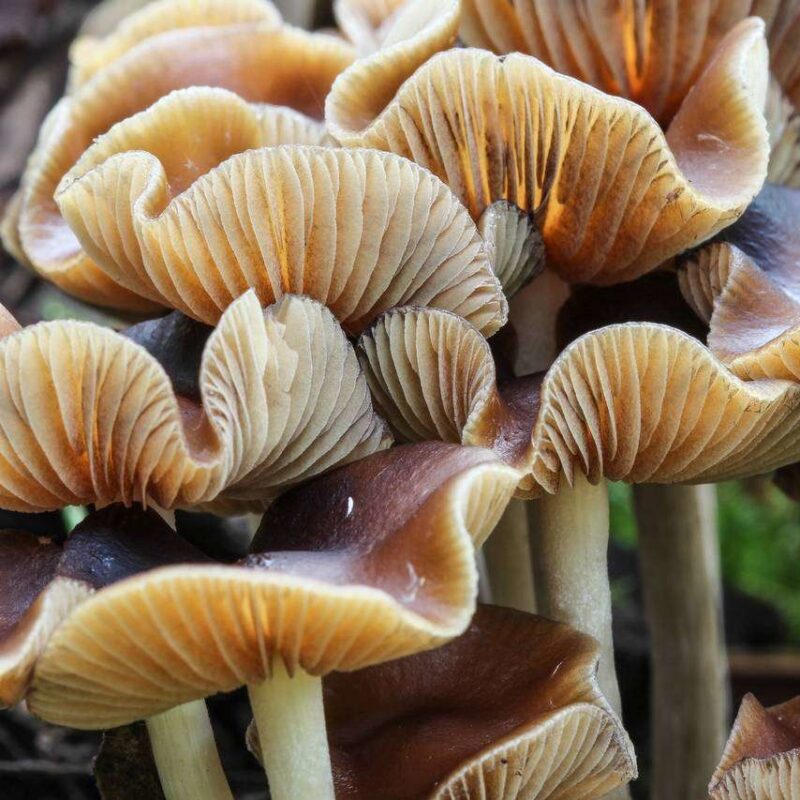
© Caleb Brown
How to make Agar Culture Media?
- Dissolve the malt extract and agar in distilled water.
- Sterilize the solution by autoclaving at 121°C for 15-20 minutes.
- Pour the sterilized media into petri dishes or other containers under sterile conditions.
- The Yeast is optional, but you can add it to any recipe for nutritions, same for Peptone.
Malt Yeast Peptone Agar
MYPA
Yeast Extract: 4g
Peptone: 5g
Agar: 15g
Distilled Water: 1L
Malt Extract Agar
MEA
Malt Yeast Agar
MYA
Potato Dextrose Yeast Agar
PDYA
Potato Infusion: 200g (from boiling 200g of diced potatoes in 1L of water, then straining)
Indoor Fruiting Containers
Trays
Shallow, wide trays made of plastic or metal.
Advantages:
- Easy to manage and monitor.
- Can be stacked to save space.
- Good for maintaining humidity levels.
Setup:
- Fill trays with a prepared substrate (e.g., hardwood sawdust, wood chips).
- Place in a high-humidity chamber or tent.
- Mist regularly to maintain moisture.
Shotgun Fruiting Chambers (SGFC)
Transparent plastic containers with drilled holes for ventilation and a layer of perlite at the bottom for humidity control.
Advantages:
- Inexpensive and easy to construct.
- Good for maintaining high humidity with natural airflow.
Setup:
- Drill 1/4-inch holes every 2 inches along all sides, including the bottom and lid.
- Fill the bottom with 4-5 inches of damp perlite to maintain humidity.
- Place colonized substrate on a raised platform above the perlite.
- Mist and fan regularly to maintain humidity and provide fresh air exchange.
Monotubs
Large plastic storage bins with modified lids and holes for ventilation.
Advantages:
- Provides a controlled environment for fruiting.
- Easy to maintain high humidity and proper airflow.
- Can support large substrate volumes, leading to higher yields.
Setup:
- Drill holes in the sides of the tub for ventilation, covered with micropore tape or polyfill to prevent contamination.
- Fill the bottom with the prepared substrate.
- Place in a well-lit area with indirect light.
- Maintain humidity by misting and ensure proper air exchange.
Martha Tents
Specialized plastic bags with filter patches for gas exa
Small greenhouse-style grow tents with shelves, often equipped with humidifiers and fans.
Advantages:
- Excellent for maintaining optimal humidity and temperature.
- Allows for vertical space utilization with multiple shelves.
- Can automate humidity and airflow control.
Setup:
- Place trays or smaller tubs on the shelves.
- Use a humidifier to keep humidity levels high (90-95%).
- Use fans or air pumps for consistent airflow.
- Ensure adequate lighting for the fruiting phase.
Outdoor Fruiting Containers
Mulched Garden Beds
Garden beds mulched with straw or leaves.
Advantages:
- Utilizes garden waste.
- Provides good moisture retention.
Setup:
- Create a bed with hardwood chips and cover with a layer of straw or leaves.
- Inoculate with Psilocybe cyanescens spawn.
- Water regularly to maintain moisture.
- Ensure the bed remains shaded and cool.
Raised Beds
Outdoor garden beds filled with suitable substrate.
Advantages:
- Large growing area, mimics natural habitat.
- Utilizes natural temperature and humidity.
Setup:
- Prepare a bed with a mixture of hardwood chips, sawdust, and other suitable substrates.
- Inoculate with Psilocybe cyanescens spawn.
- Cover with a layer of mulch to retain moisture.
- Water regularly and protect from direct sunlight with shade cloth if necessary.
Outdoor Containers
Logs inoculated with mushroom spawn dowels.
Advantages:
- Long-lasting substrate.
- Mimics natural conditions.
Setup:
- Drill holes into hardwood logs (e.g., oak, beech).
- Insert spawn dowels into the holes and seal with wax.
- Place logs in a shaded, moist area outdoors.
- Maintain moisture by watering or placing logs in a high-humidity environment.
Outdoor Containers
Large pots or planters filled with substrate.
Advantages:
- Portable and easy to manage.
- Controlled environment in an outdoor setting.
Setup:
- Fill containers with a mixture of hardwood chips and sawdust.
- Inoculate with mushroom spawn.
- Place in a shaded outdoor area.
- Water regularly to maintain moisture.
Wood Chip Beds
Beds made primarily of wood chips.
Advantages:
- Mimics the mushroom's natural wood-loving environment.
- Easy to create and maintain.
Setup:
- Spread a thick layer of hardwood chips in a shaded outdoor area.
- Inoculate with grain spawn or dowels.
- Water regularly to keep the wood chips moist.
- Cover with a thin layer of soil or more wood chips.
Substrate for fruiting Psilocybe cyanescens
Psilocybe cyanescens thrives on substrates rich in lignin and cellulose, primarily derived from hardwoods such as alder, beech, oak, maple, and birch. Proper substrate preparation, including soaking, pasteurizing, and maintaining moisture, is essential for successful cultivation. Understanding the specific needs and preferences of P. cyanescens, such as optimal pH levels, temperature, and humidity, further enhances the chances of fruitful growth both indoors and outdoors.
Straw and Agricultural By-products
Supplementary materials that can be mixed with hardwood chips to enhance the substrate.
Use: Provides additional organic matter and aeration.
Preparation:
- Cut straw into small pieces.
- Pasteurize to eliminate contaminants.
Wood Debris and Mulch
Fallen branches, leaves, and other wood debris found in forested areas.
Use: Often used in outdoor beds to simulate natural environments.
Preparation:
- Collect and layer with hardwood chips.
- Ensure proper moisture content.
Hardwood Chips and Sawdust
The primary substrate for P. cyanescens, providing the necessary nutrients for mycelial growth and fruiting.
Common Hardwood Species:
- Alder (Alnus spp.)
- Beech (Fagus spp.)
- Oak (Quercus spp.)
- Maple (Acer spp.)
- Birch (Betula spp.)
Preparation:
- Soak hardwood chips or sawdust in water for 24 hours.
- Drain and pasteurize by heating to 70-80°C (158-176°F) for 1-2 hours.
- Allow to cool before inoculating with spawn.
Cardboard and Paper Products
Supplementary substrates that can be used to provide additional cellulose.
Preparation:
- Soak in water until fully saturated.
- Mix with hardwood chips for increased volume and diversity.
Biological efficiencie for Fruiting Bodies
Psilocybe cyanescens typically exhibits a biological efficiency (BE) of around 30-50%, meaning it converts 30-50% of the substrate's dry weight into fresh mushrooms.
This efficiency can vary depending on factors such as substrate composition, environmental conditions, and cultivation techniques.
Achieving higher BEs often requires optimizing factors like humidity, temperature, and substrate preparation.
With ideal conditions, some growers have reported BEs as high as 70%, showcasing the potential productivity of Psilocybe cyanescens.
Sometimes we miss a piece
Identification
Psilocybe cyanescens, known as "Wavy Caps," can be identified by its distinctive wavy-edged cap, which is caramel to chestnut brown when moist and fades to a lighter color when dry. The gills are closely spaced, initially pale brown, and darken to purple-brown as spores mature. Its stem is whitish, often bruising blue when handled. The mushroom also features a farinaceous (mealy) smell. Blue bruising on the cap, stem, and gills is a key indicator of its psilocybin content.
How to identify P. cyanescens
Late summer to late fall
Deciduous forest, alluvial forest, calcareous soil, in moist forests or gardens, on dead wood, humus, later decomposers
Psilocybe cyanescens is found in North America, North Africa, and Europe. In Europe, finds have been reported in Sardinia, Serbia, Italy, France, the Netherlands, Great Britain, Switzerland, the Czech Republic, and Germany.
Psilocybe cyanescens thrives in warm areas of both hemispheres. Occurs singly to numerous in manure, well-fertilized soil, grassy areas, meadows, or pastures. It is actually a subtropical art that is also seen in southern Europe up to Hungary. There are reports of finds from Hawaii, Mexico, Java, Bali, and the south of France. Harvest time is from September to October.
Natural Habitat
Cap
-2-4 (5) cm
-grayish brown, light brown, hazel
-pale ochre yellowish when dry
-hygrophanous
-greasy when wet
-hemispherical
-somewhat humped
-shallowly conical
-later shallowly convex
-greenish blue when injured
Hymenium
-gray, gray-brown, cinnamon-brown, dark brown
-broadly adnate
-sometimes a little with tooth running down
-very distant standing
-spotted from the spores
-cutting lighter
-with intermediate lamellae
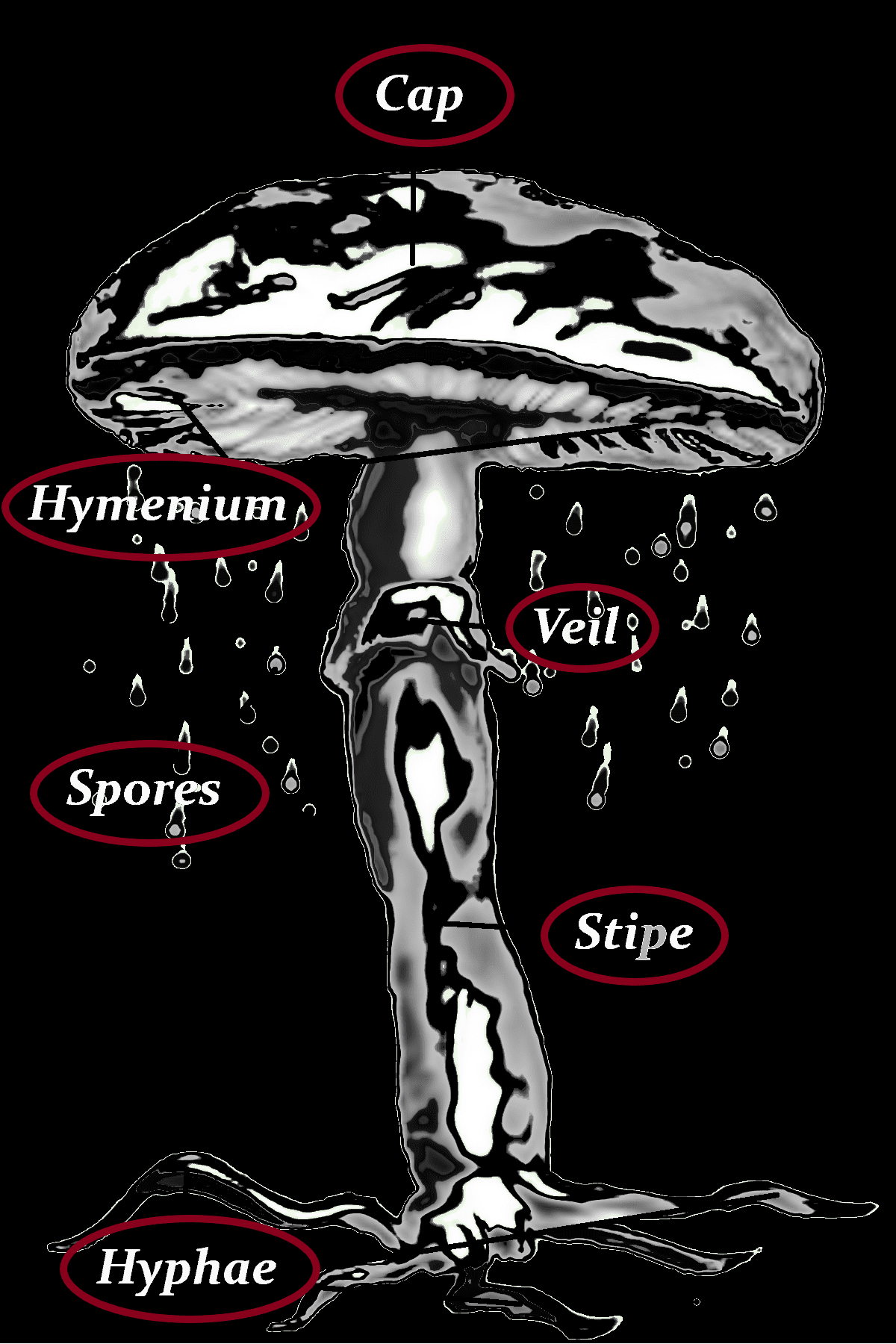
Stipe
3-8 (11) cm high
0.3-0.7 (1) cm thick
light brownish, whitish
white-fibrous-floccose
usually darker brownish to base and strongly whitish overfibrous
base with mycelium white-felted
green-blue when pressed
Veil
dark brown
drooping
grooved
Spores
9-12 x 6-8 µm
blackish brown, dark purplish to pinkish brown
Danger of confusion
PSILOCYBE SERBICA VAR. BOHEMICA, PANAEOLUS CYANESCENS, PSILOCYBE ALLENII, PSILOCYBE SEMILANCEATA, PROTOSTROPHARIA SEMIGLOBATA, PANAEOLUS PAPILIONACEUS, PANAEOLUS GUTTULATUS, PANAEOLUS FIMICOLA
Hyphae
Septate
Hyaline
Clamped
Thin-Walled
Dichotomously branced
Consuming
Dosis
There is an urgent warning against food experiments with Psilocybe cyanescens. Collecting, possessing and selling drug mushrooms is illegal in many countries around the world.
Depending on the particular strain, growth method, and age at harvest, psilocybe mushrooms can come in rather different potencies. It is recommended to weigh the actual mushrooms, better then counting them. 10% of the mushrooms mass is left, when dried. Take a look at Properties, to find out how potent they are.
Typical:
People taking MAOIs should be very careful, as the enzyme monoamine oxidase metabolizes psilocybin and psilocin. An MAOI decreases the body's ability to handle mushrooms (approximately doubling their potency) and can result in an uncomfortable, prolonged, or dangerously strong experience.
There is an urgent warning against food experiments with Psilocybe subaeruginosa. Collecting, possessing and selling drug mushrooms is illegal in many countries around the world.
Here’s how to unlock the true root of Your Brain
– Without worrying about low quality ingredients
Effect
The effect of Psilocybe cyanescens is said to be quite powerful. Everyone who has tried it raves about the extraordinarily plastic visions. Batik paintings by Javanese artists in the city of Yogyakarta give artistic expression to these colorful and heavily mythological visions.
Duration:
5-6 hours
Sensory Perception
Psilocybe cyanescens, often called "Wavy Caps," entices foragers with its intriguing sensory traits. When freshly picked, it emits a distinct, earthy aroma mixed with a hint of fresh flour. The taste, while not particularly pleasant, is farinaceous, akin to raw grains. Its flesh is thin but firm, bruising blue when handled, a clear indicator of its psilocybin content.
Smell
Psilocybe cyanescens has a farinaceous (mealy) smell.
Taste
It is mildly bitter and earthy.
Flesh
The flesh is whitish and bruises blue when handled, with a slightly fibrous texture.
Composition
Psilocybe cyanescens, commonly known as Wavy Caps, contains a unique profile of bioactive compounds that distinguish it from other fungi. Its primary constituents include psilocybin, psilocin, and baeocystin, which are potent hallucinogens belonging to the tryptamine class. These compounds are known for their ability to alter perception, mood, and cognition by interacting with serotonin receptors in the brain. Additionally, P. cyanescens may contain other alkaloids, enzymes, and secondary metabolites that contribute to its psychoactive effects and biological activity. The specific combination and concentrations of these compounds vary among mushroom species, making P. cyanescens notable for its distinctive psychedelic properties.
Psilocybin Content
Psilocybe cyanescens, like other psychedelic mushrooms, contains unique compounds that contribute to its psychoactive effects.
Psilocybin
Chemical Structure: 4-phosphoryloxy-N,N-dimethyltryptamine
Role: Primary psychoactive compound. Psilocybin is metabolized in the body to psilocin, which then acts on serotonin receptors in the brain, particularly the 5-HT2A receptor, leading to altered perceptions, mood, and consciousness.
Baeocystin
Chemical Structure: 4-phosphoryloxy-N-methyltryptamine
Role: A minor analog of psilocybin, also psychoactive. Its effects are not as well-studied but it is believed to contribute to the overall psychoactive experience.
Norbaeocystin
Chemical Structure: 4-phosphoryloxytryptamine
Role: Another minor compound with potential psychoactive properties. Its effects are less understood compared to psilocybin and psilocin.
Other Alkaloids
Apart from psilocybin and psilocin, Psilocybe tampanensis may contain other compounds such as ergothioneine (an antioxidant), various amino acids, and polysaccharides.
Function: These compounds contribute to the overall health and physiological functions of the mushroom.
Ergosterol
A sterol present in fungal cell membranes, similar to cholesterol in animals. Ergosterol is a precursor to vitamin D2 when exposed to UV light.
Polysaccharides
Contribute to the structural integrity of fungal cell walls. Some polysaccharides from fungi have immunomodulating properties.
MAOIs
Monoamine oxidase inhibits an enzyme that breaks down neurotransmitters like serotonin. This interaction can potentiate the effects of psilocybin and psilocin.
Beta-Carbolines
Harmane, norharmane
These compounds act as monoamine oxidase inhibitors (MAOIs), potentially enhancing and prolonging the effects of psilocybin and psilocin by inhibiting their breakdown in the body.
Proteins
Like all mushrooms, Psilocybe tampanensis contains essential nutrients such as proteins, carbohydrates, vitamins (especially B vitamins like riboflavin and niacin), and minerals (potassium, phosphorus, magnesium).
Function: These nutrients support fungal growth and metabolic processes.
Proteins
Mushrooms typically contain a moderate amount of protein, including essential amino acids.
Vitamins
B-vitamins (B2, B3, B5, B7), Vitamin D2 (ergocalciferol)
Role: Essential for various metabolic processes. Vitamin D2 is particularly noteworthy as it is converted from ergosterol upon exposure to sunlight.
Minerals
Potassium, phosphorus, selenium, copper
Role: Essential for numerous biological functions, including enzyme activity, bone health, and antioxidant defense.
Tryptophan Derivatives
Mushrooms in the Psilocybe genus often contain tryptophan derivatives and other indole compounds.
Function: These compounds are precursors to psilocybin and psilocin synthesis within the mushroom.
other names
- Englisch: Wavy Caps, Blue Halo, Potent Psilocybe
- Spanisch: Sombrero de olas azules
- Französisch: Psilocybe à lames ondulées
- Italienisch: Psilocybe dai cappelli ondulati
- Portugiesisch: Psilocybe de ondas azuis
- Niederländisch: Psilocybe met golvende hoeden
- Russisch: Псилоцибе с волнистыми шапками
- Chinesisch (Mandarin): 波浪帽的印象
- Japanisch: 波状の帽子のサイロシビ
- Koreanisch: 파란 물결 모자
- Türkisch: Dalgalı şapkaları olan Psilocybe
- Arabisch: بسيلوسيبي سيانيسينس بقعة
- Hebräisch: פסילוסיבה סיאנסנס הגלילים
Cyans, Wave Cap, blue halos, blueing psilocybe, potent psilocybe, wavy-capped psilocybe, Blauender Kahlkopf, Blaugrünfleckender Kahlkopf, Blaufärbender Kahlkopf, blueleg brownie, Blauender Duengerling, Pan Cyan, Copelandia c. (Berkeley & Broome) Singer, Agaricus c. Berkeley & Broome, Faltenduengerling, Copelandia papilonacea (Bull.) Bres., Campanularius anomalus Murrill, P. anomalus (Murrill) Sacc. & Trott., Campanularius westii Murrill, P. westii (Murrill), Copelandia westii (Murrill) Sing., Copelandia c. (Berkeley & Broome) Boedijn, Jambur
Taxonomical Hierarchy
| Kingdom | Fungi |
|---|
| Division | Basidiomycota |
| Class | Agaricomycetes |
| Order | Agaricales |
| Family | Hymenogastraceae |
| Genus | Psilocybe |
| Species | P. cyanescens |
| Ecology | saprotrophic |
Any Sale Helps us Doing what we Love 😊









